Enzo Ferrari and his brilliant team of engineers have given us many great sports cars->ke506. From the 1947 125 S to the 2014 LaFerrari, nearly each vehicle carrying the Prancing Horse badge has made a strong impact in the sports car and supercar market. Nameplates such as the 250 Testa Rossa, the 288 GTO or the F40 are as famous as they get, but there's a certain Ferrari that sits above anything else Maranello has built: the 250 GTO. Launched in 1962, the GTO is one of the greatest road and track machines ever made and arguably the most sought-after collectible, selling for millions of dollars during prestigious auction events.
What makes the 250 GTO such an outstanding vehicle? Well, there's more to it than any other Ferrari. You see, most Ferraris->ke252 are powerful and blistering-quick, but not all of them are equally brilliant as far as engineering goes. Sure, a Ferrari badge suggests perfection, but that's not always the case. Then there's the company's glorious racing heritage. For instance, while the 1984 Testarossa was a spectacular road car, it never made it onto the race track. The same goes for many of the brand's sports cars. The 250 GTO, on the other hand, had it all. Gorgeous styling, power, speed, championship-winning engineering, and exclusivity. I dare you to name any other Ferrari to boast such an impressive package.
Click past the jump to read more about the 1962-1964 Ferrari 250 GTO.
1962 - 1964 Ferrari 250 GTO
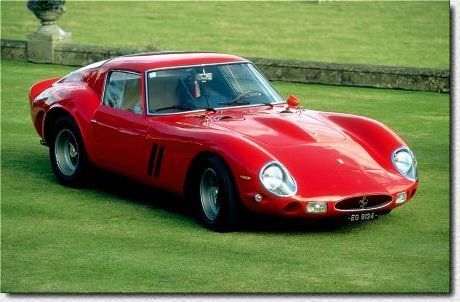

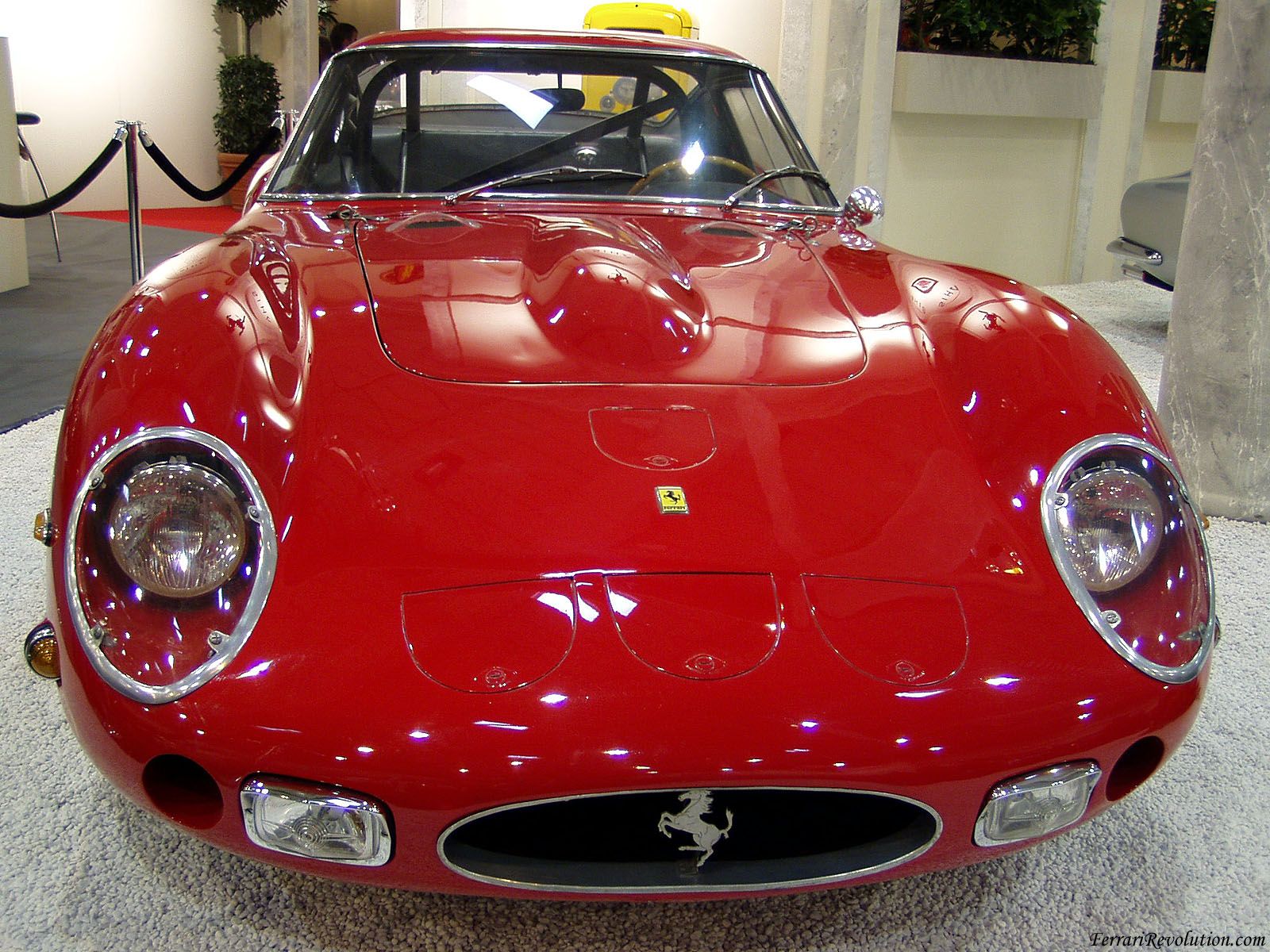
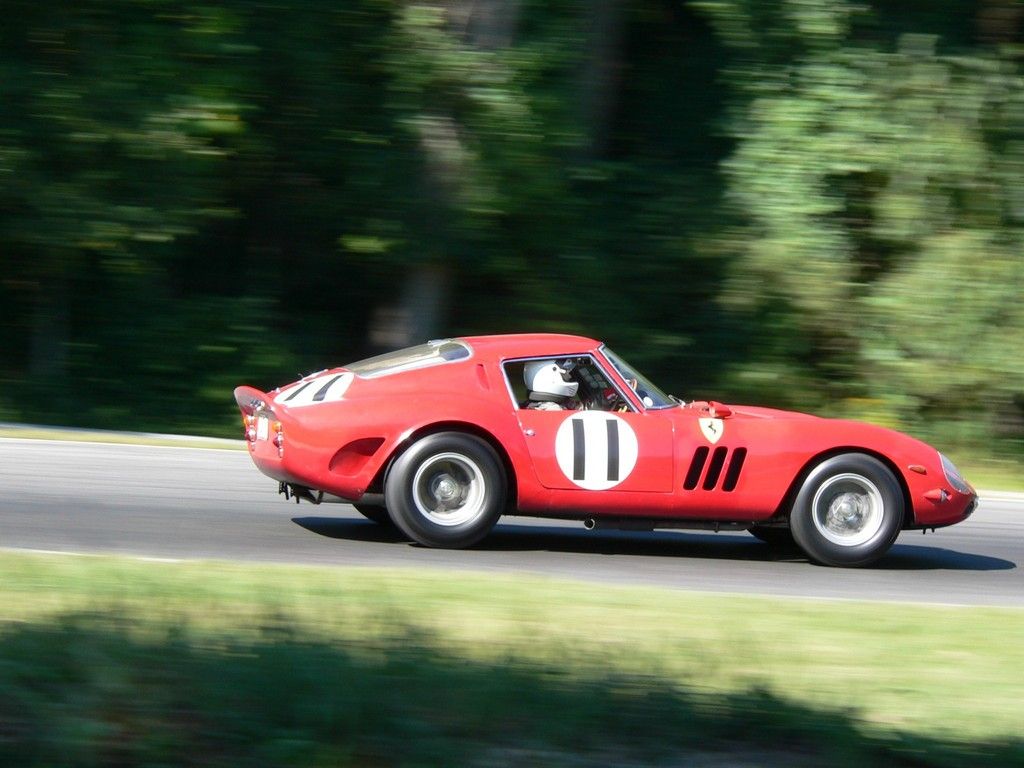
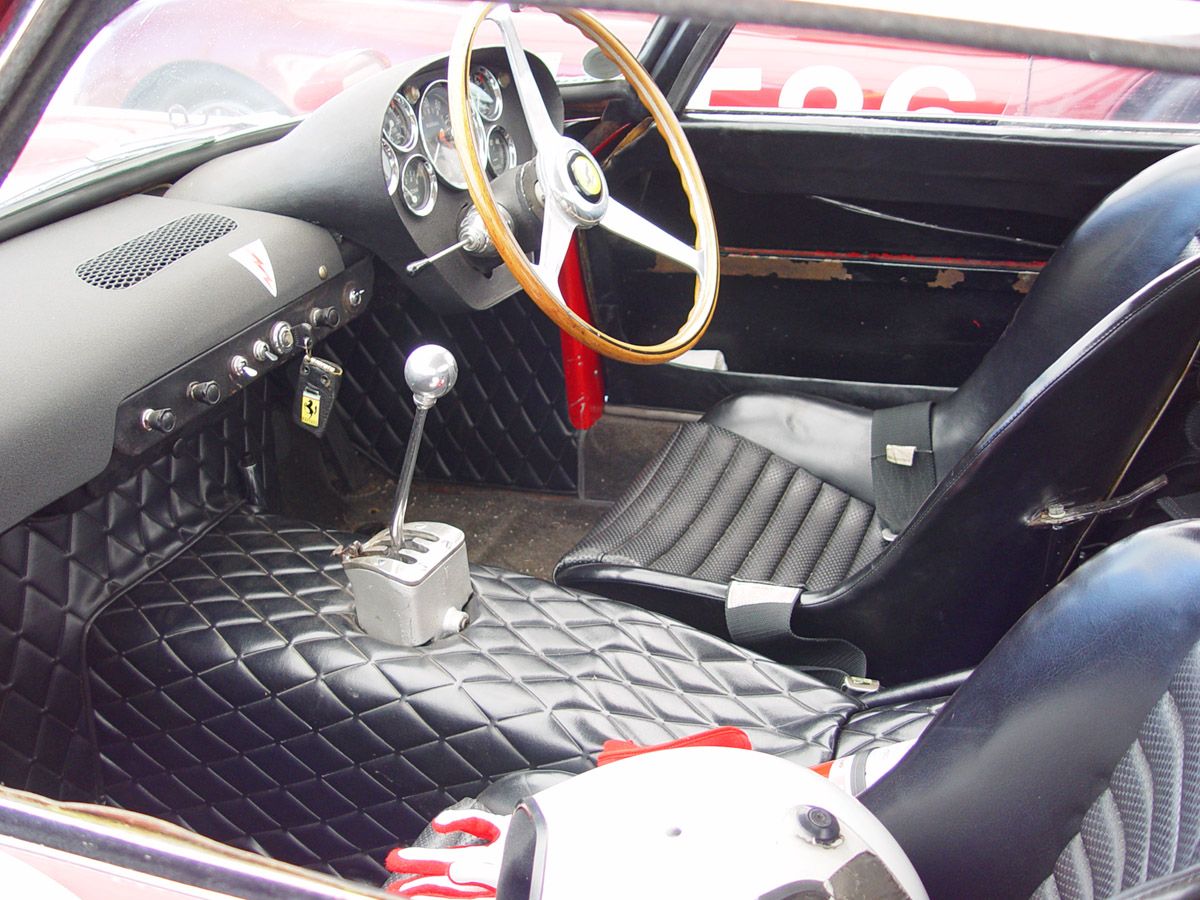
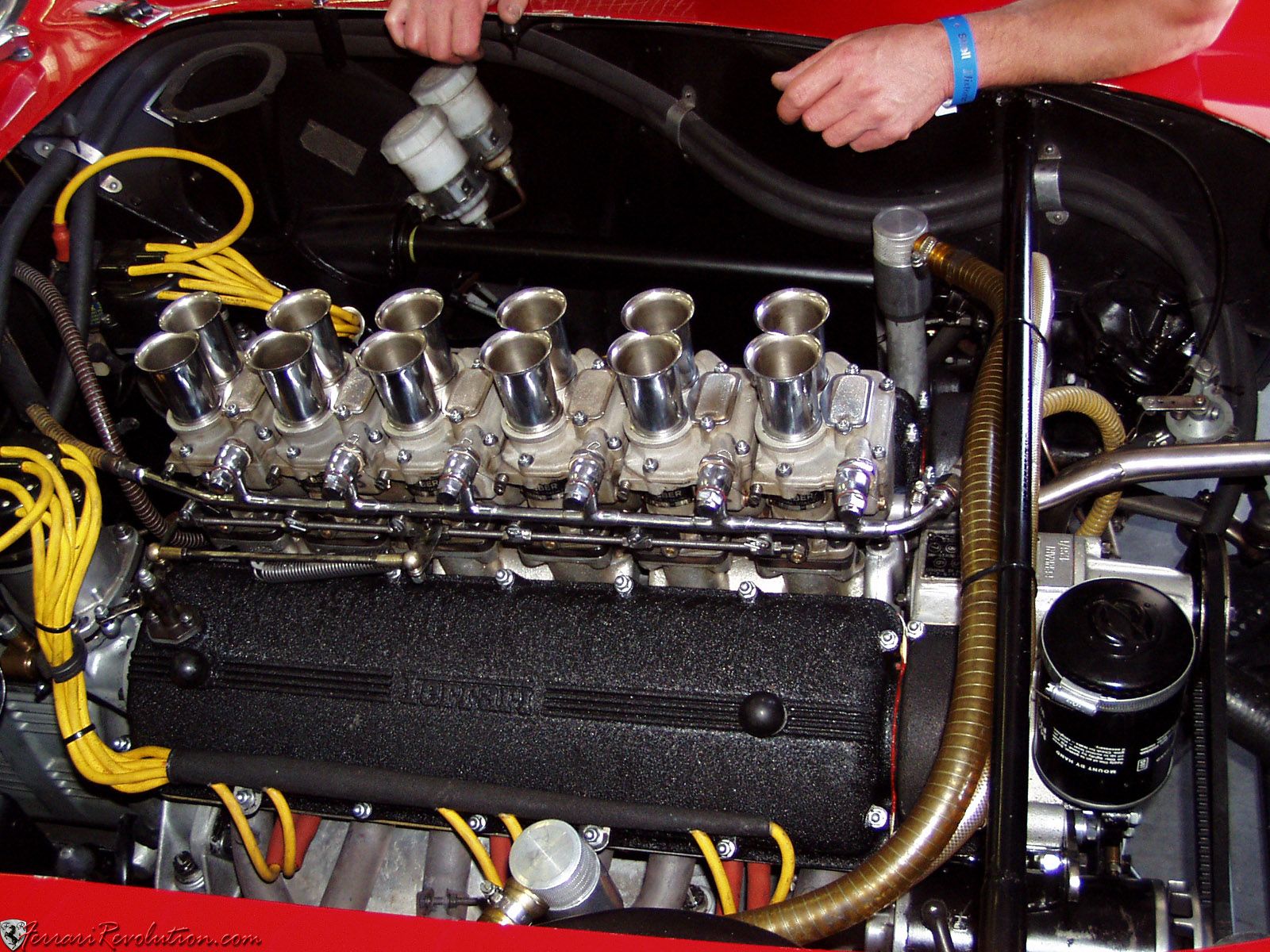
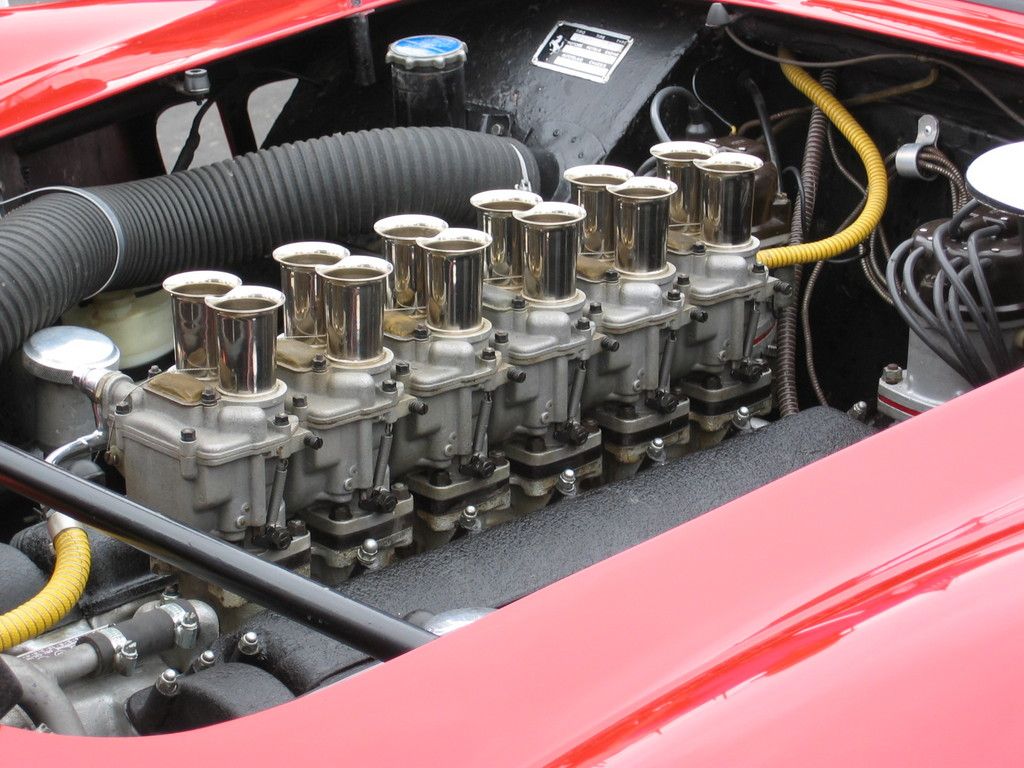
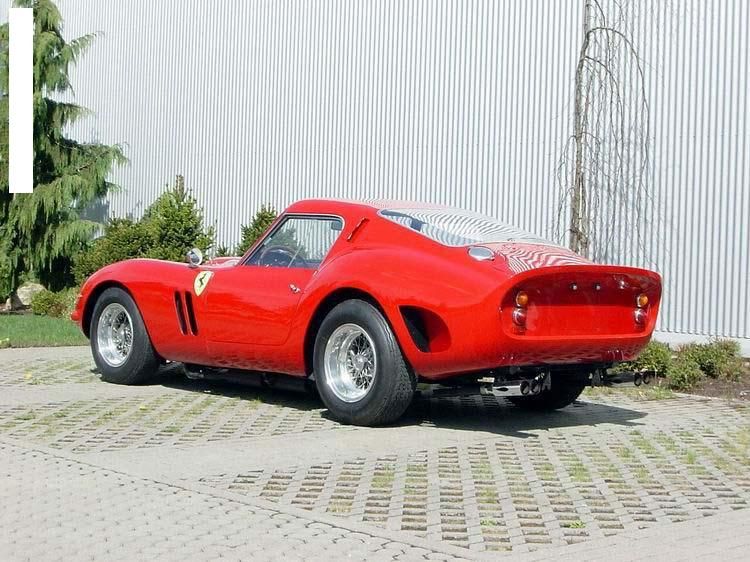
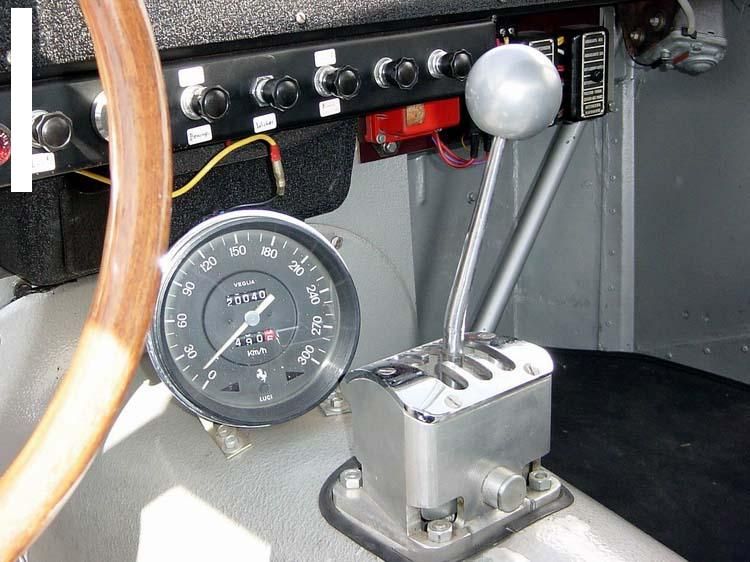







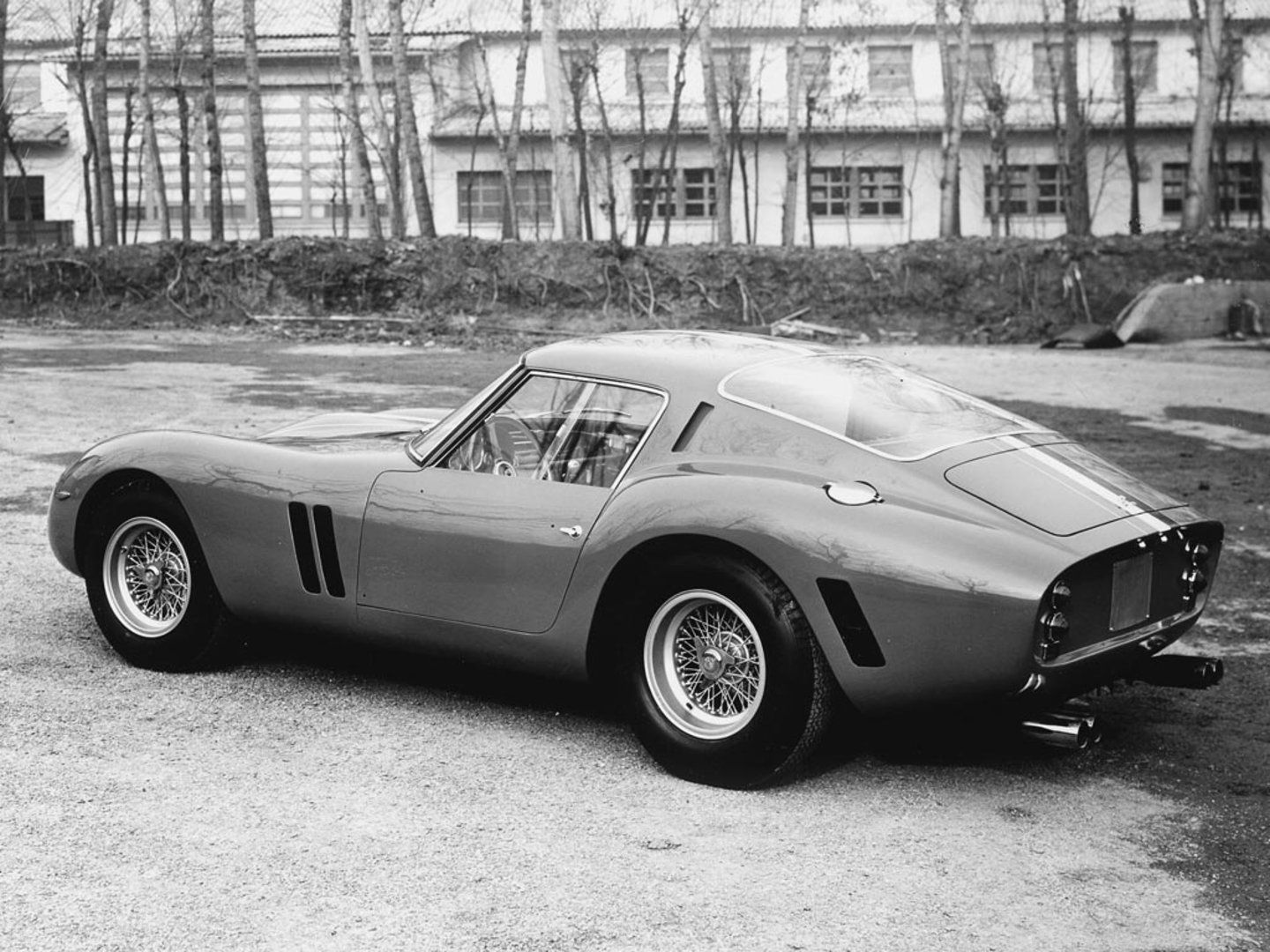
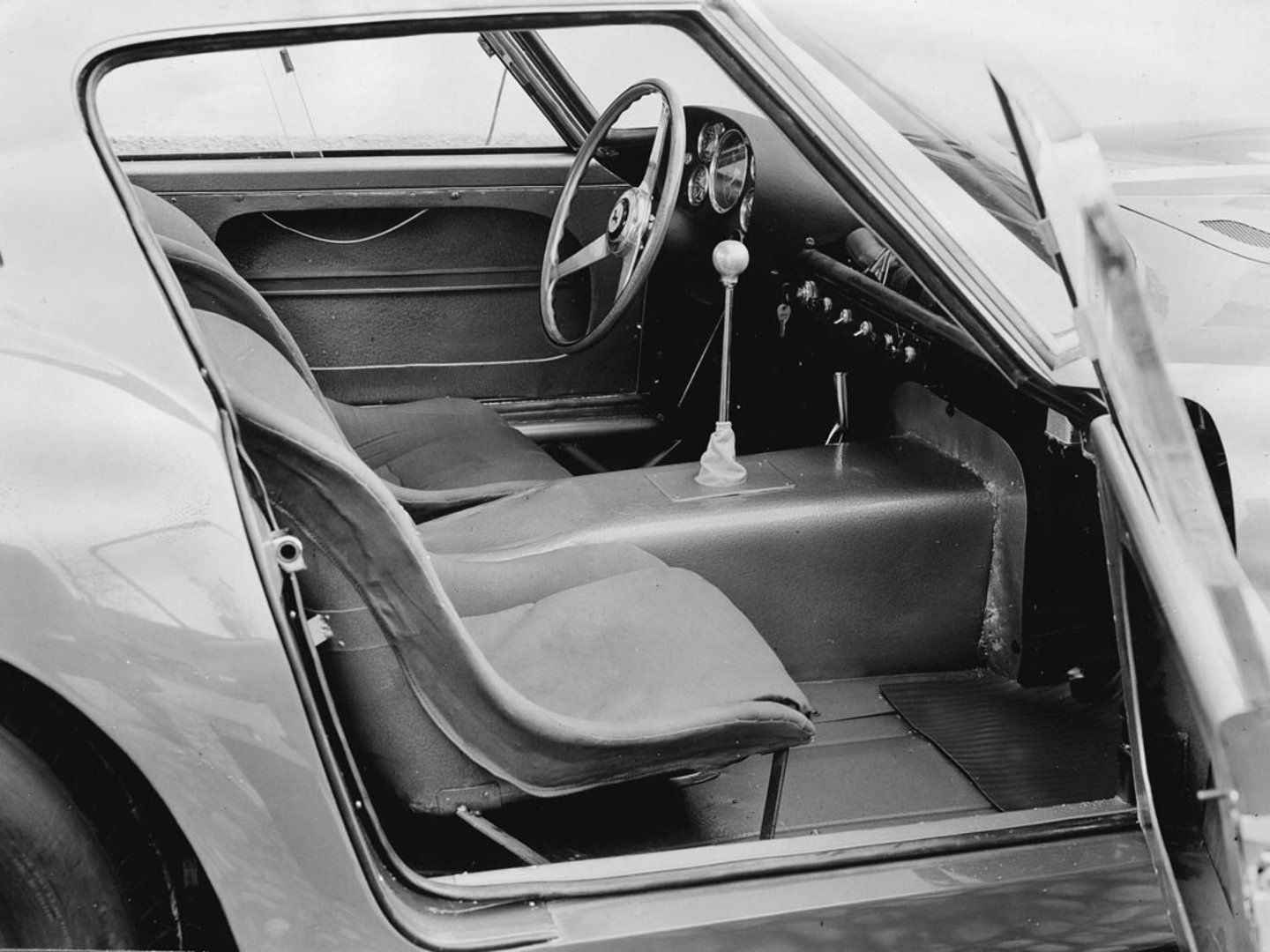
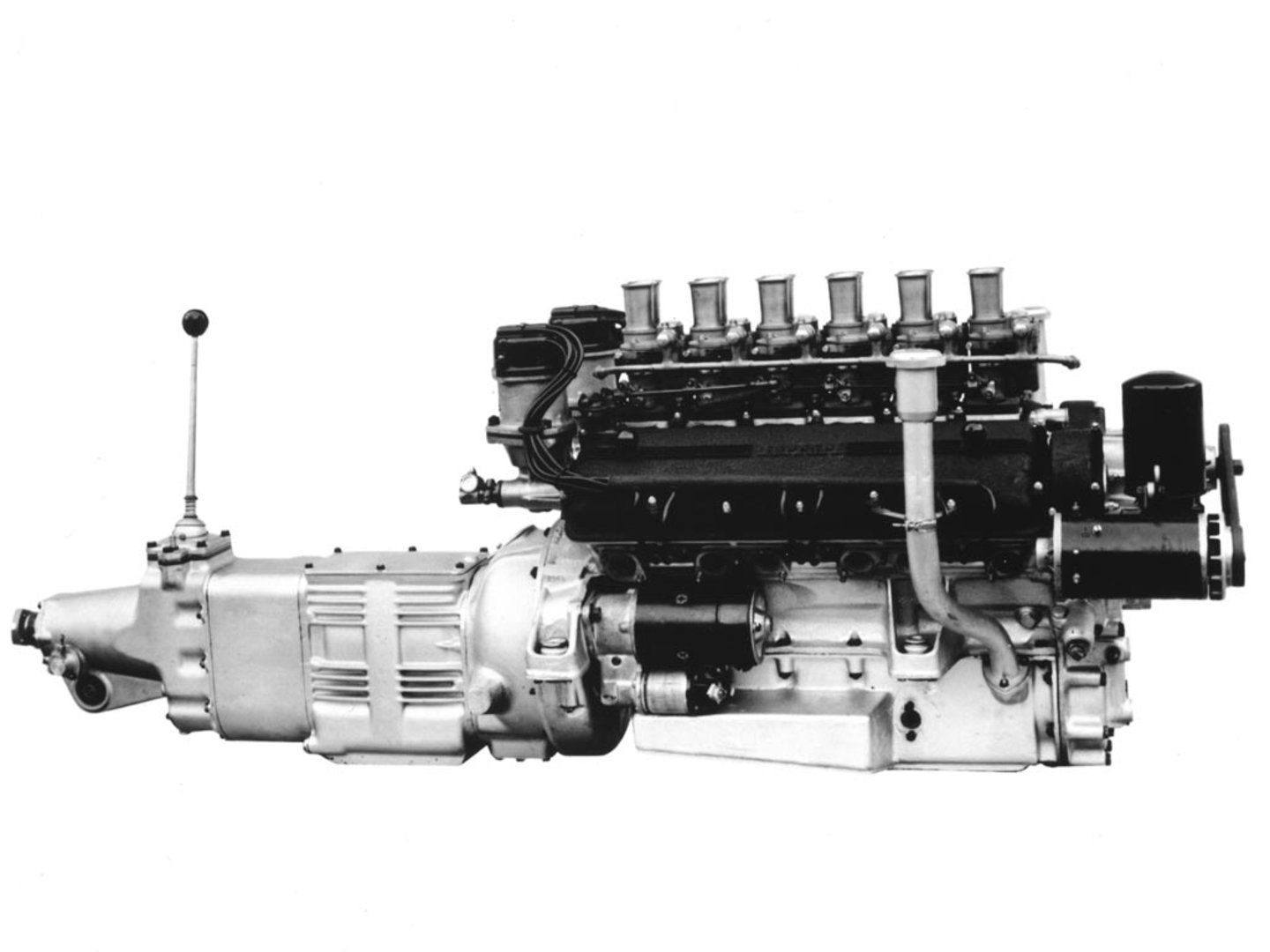
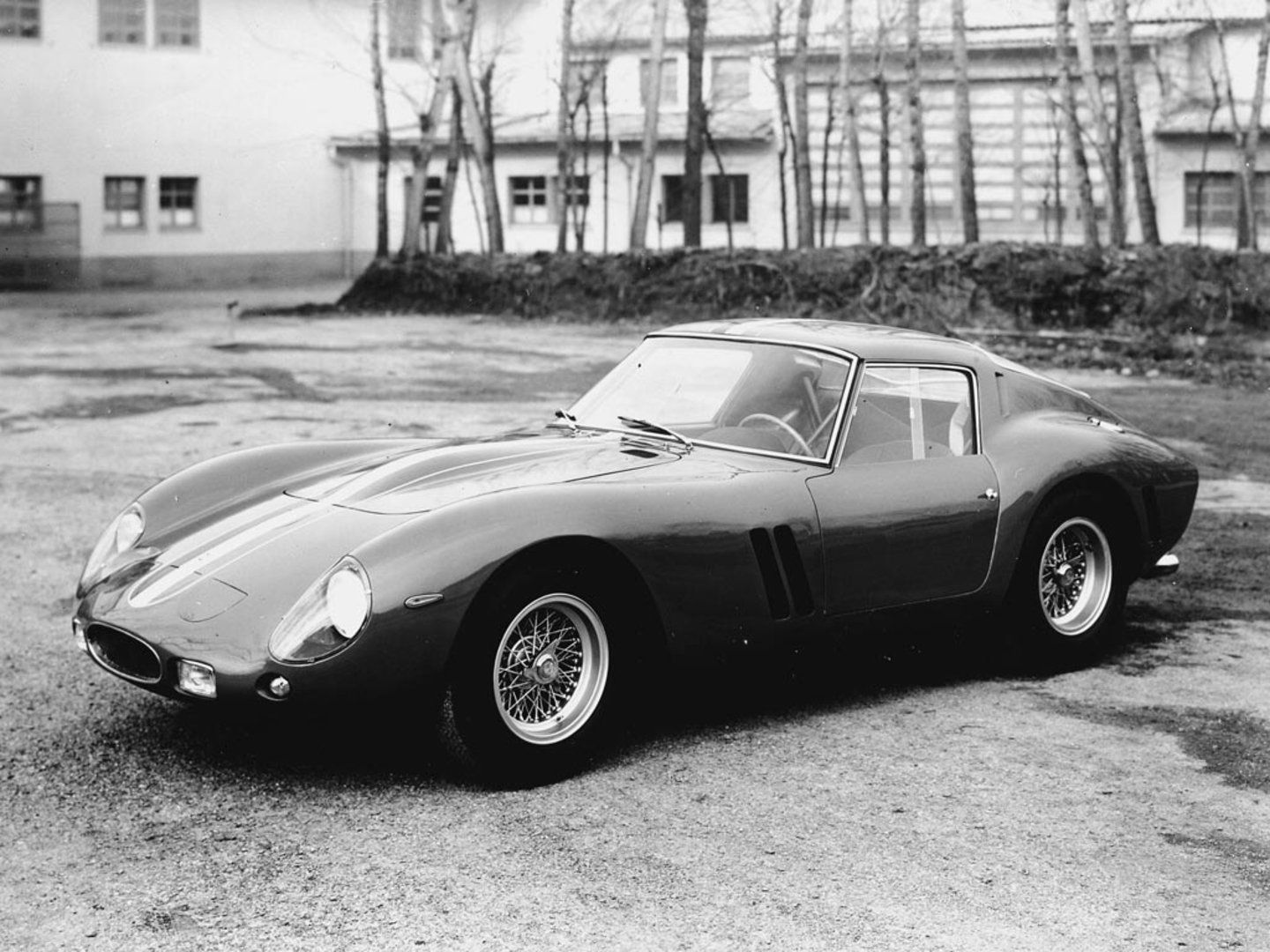
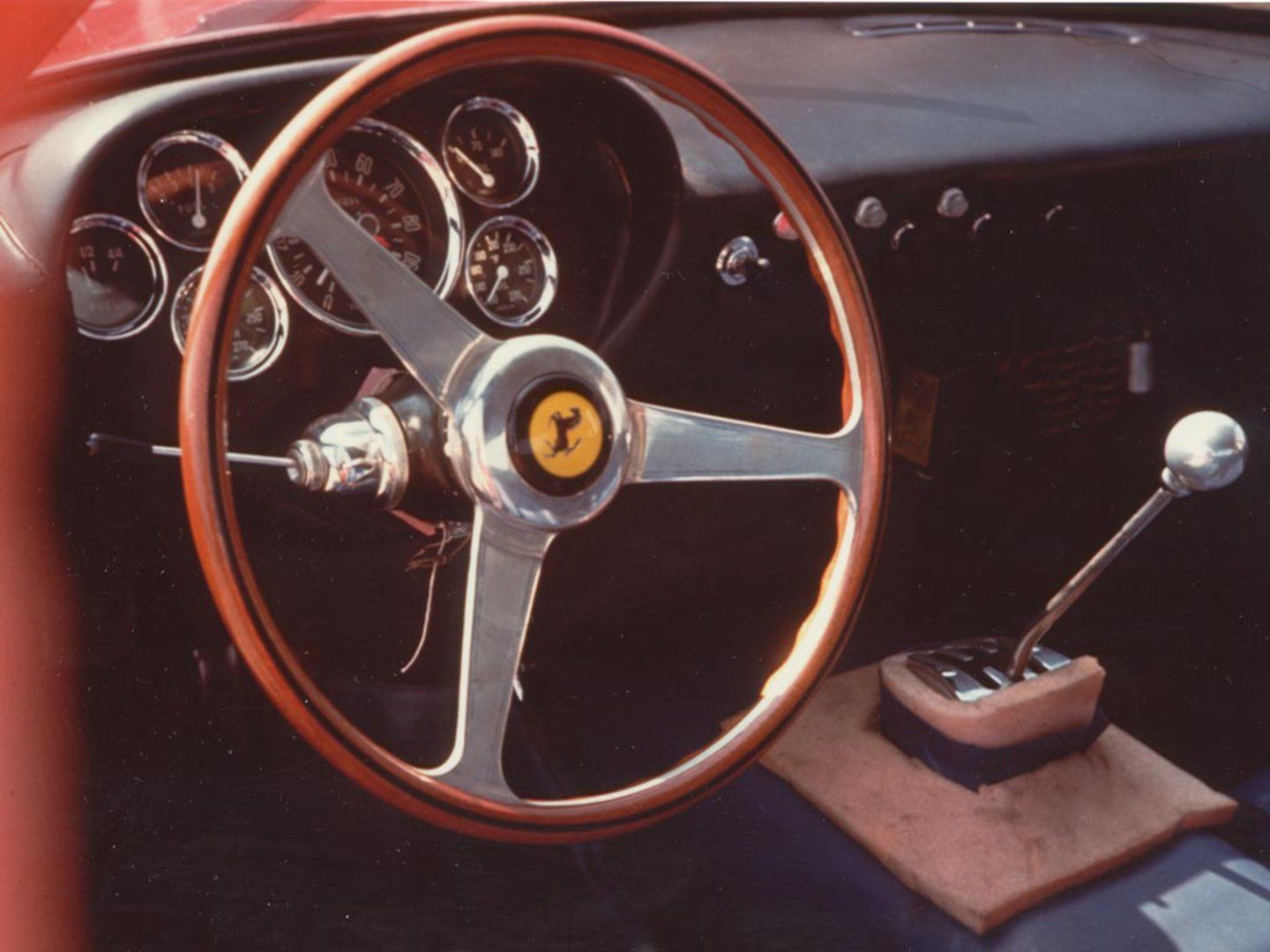
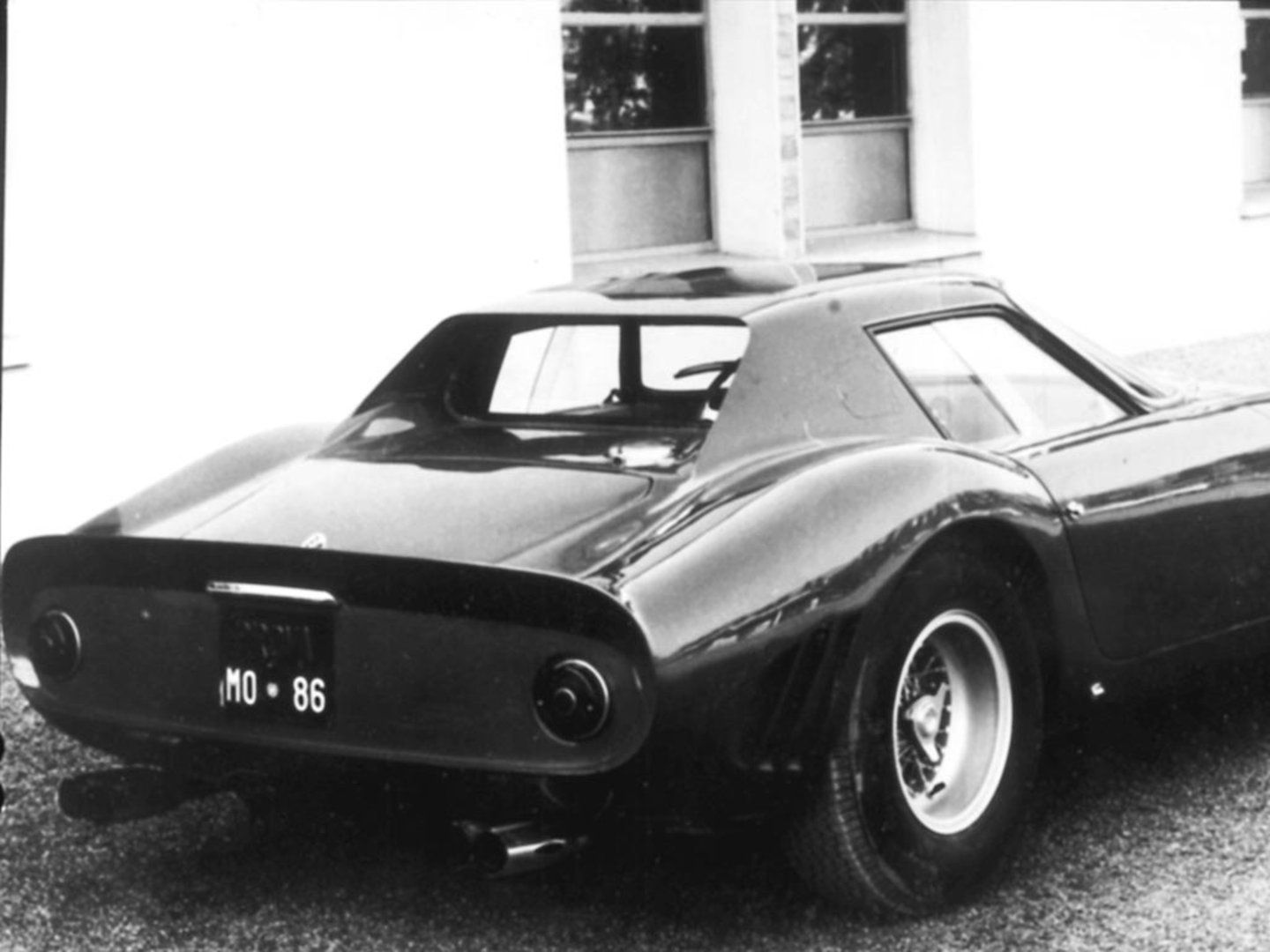
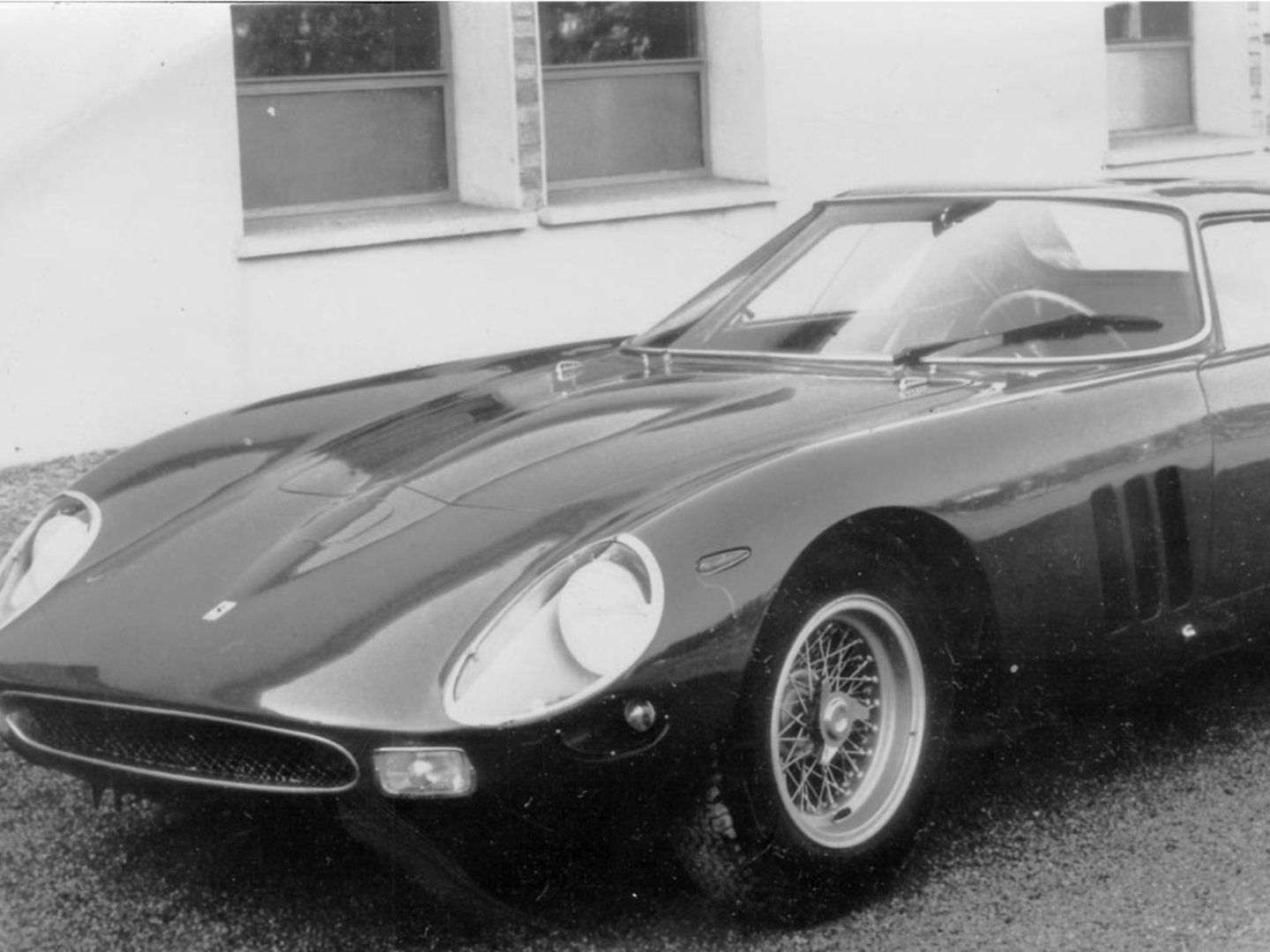
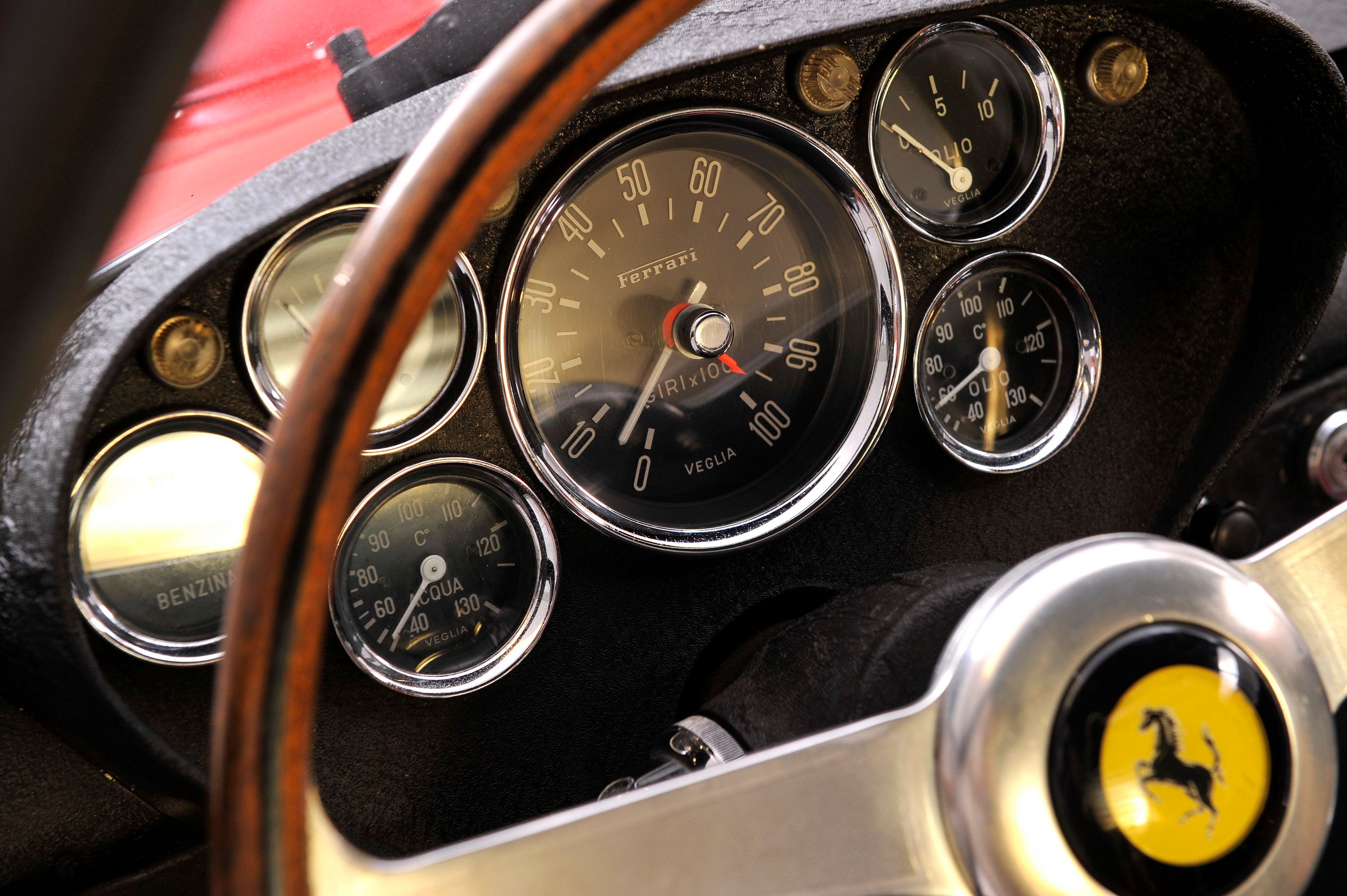
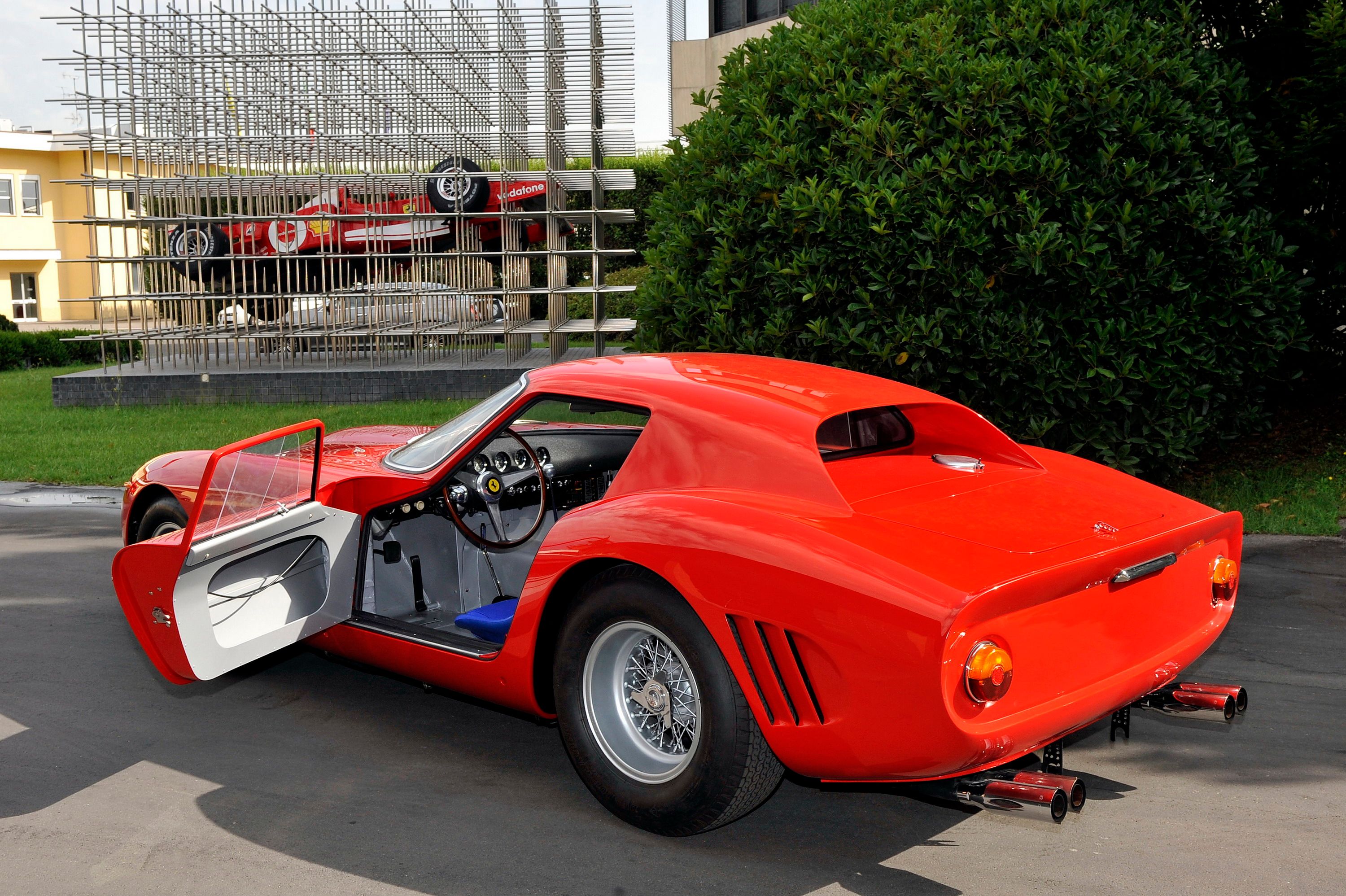
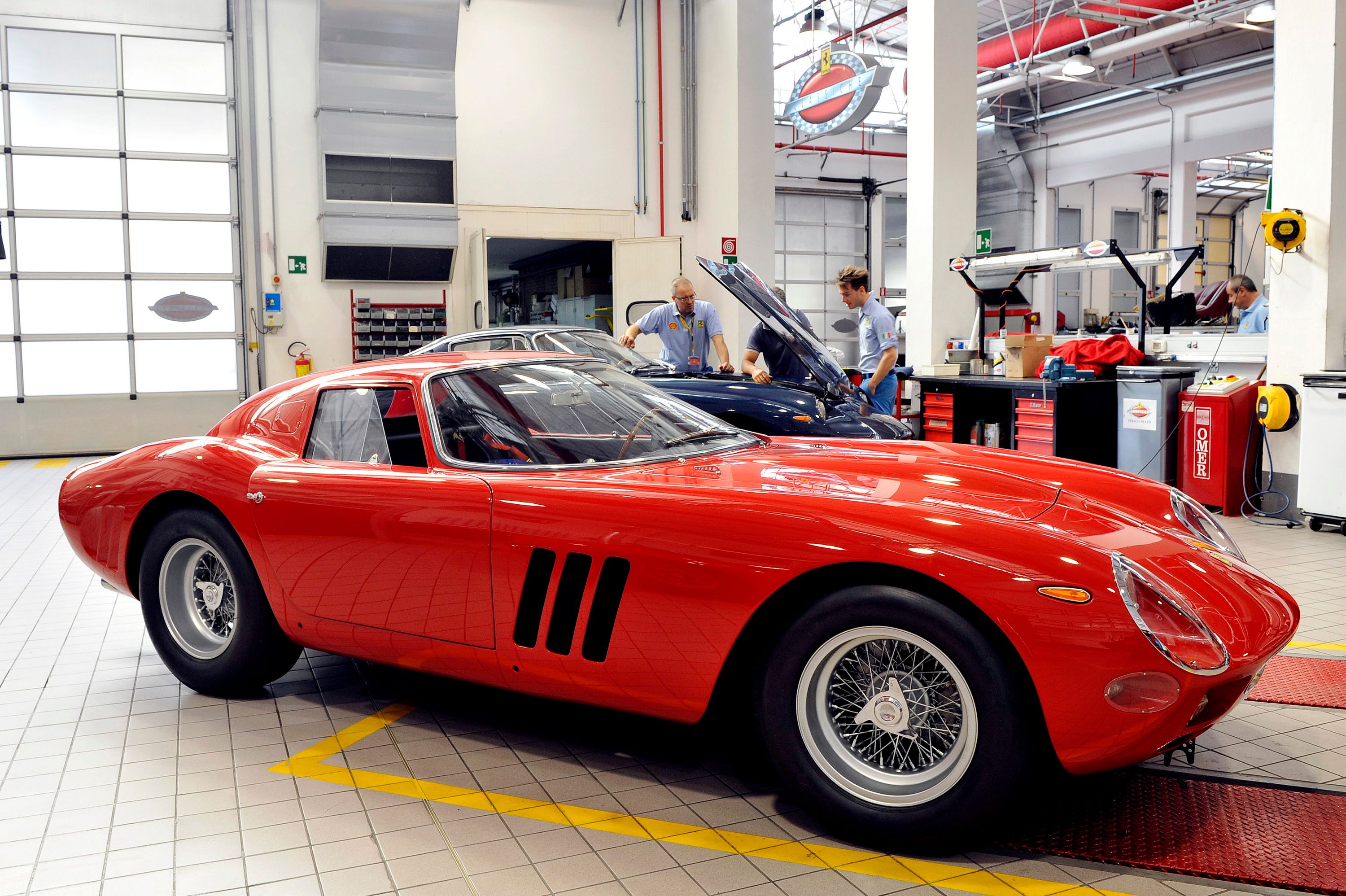
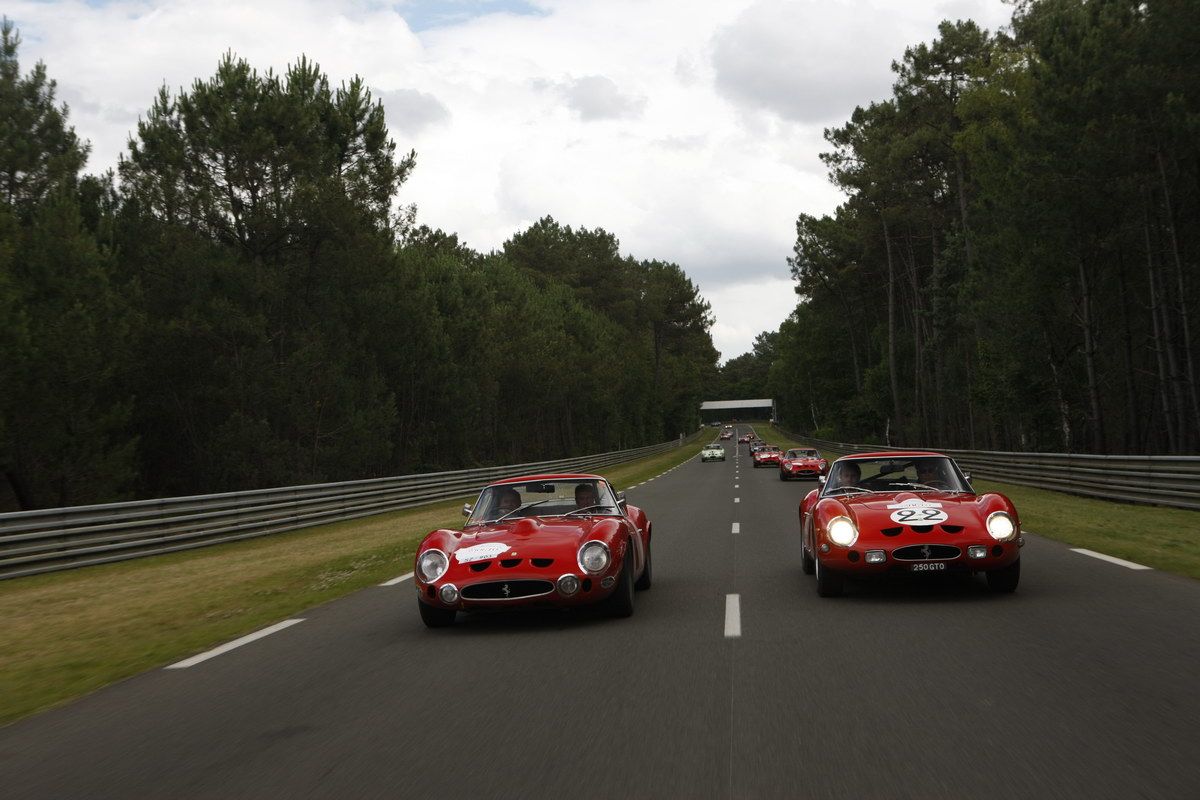
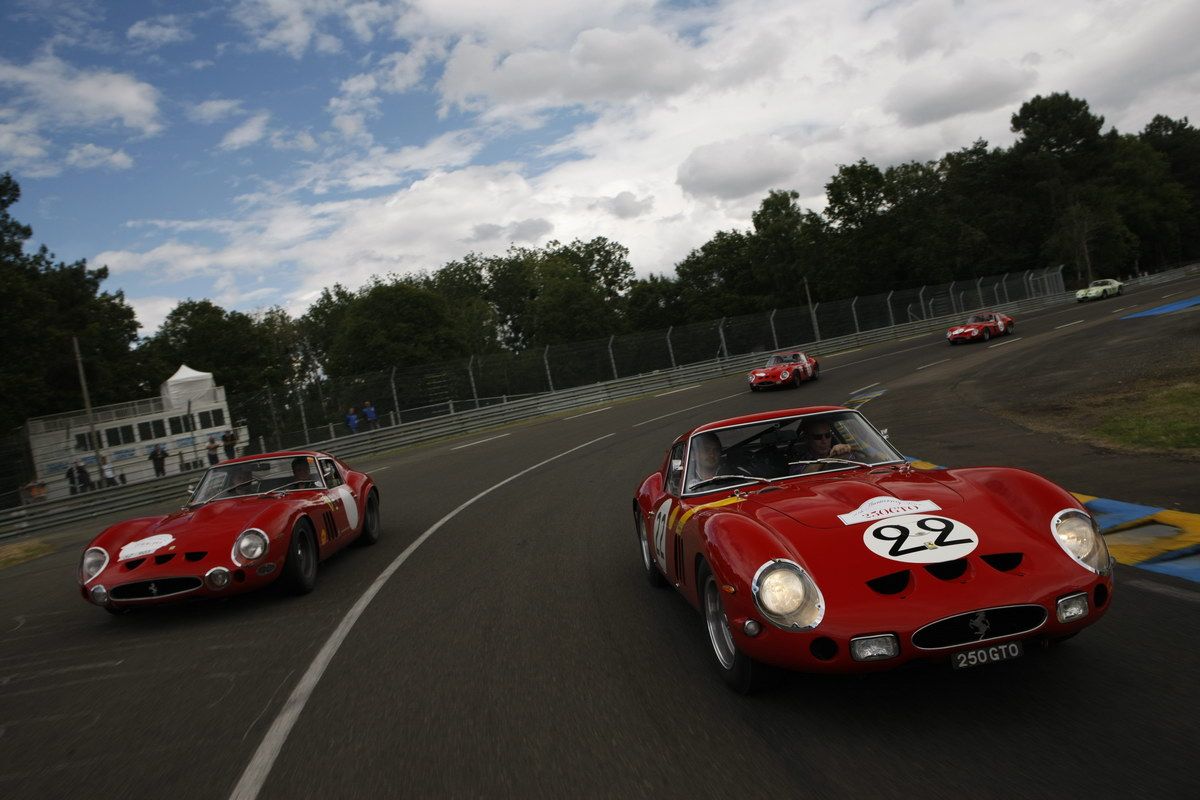
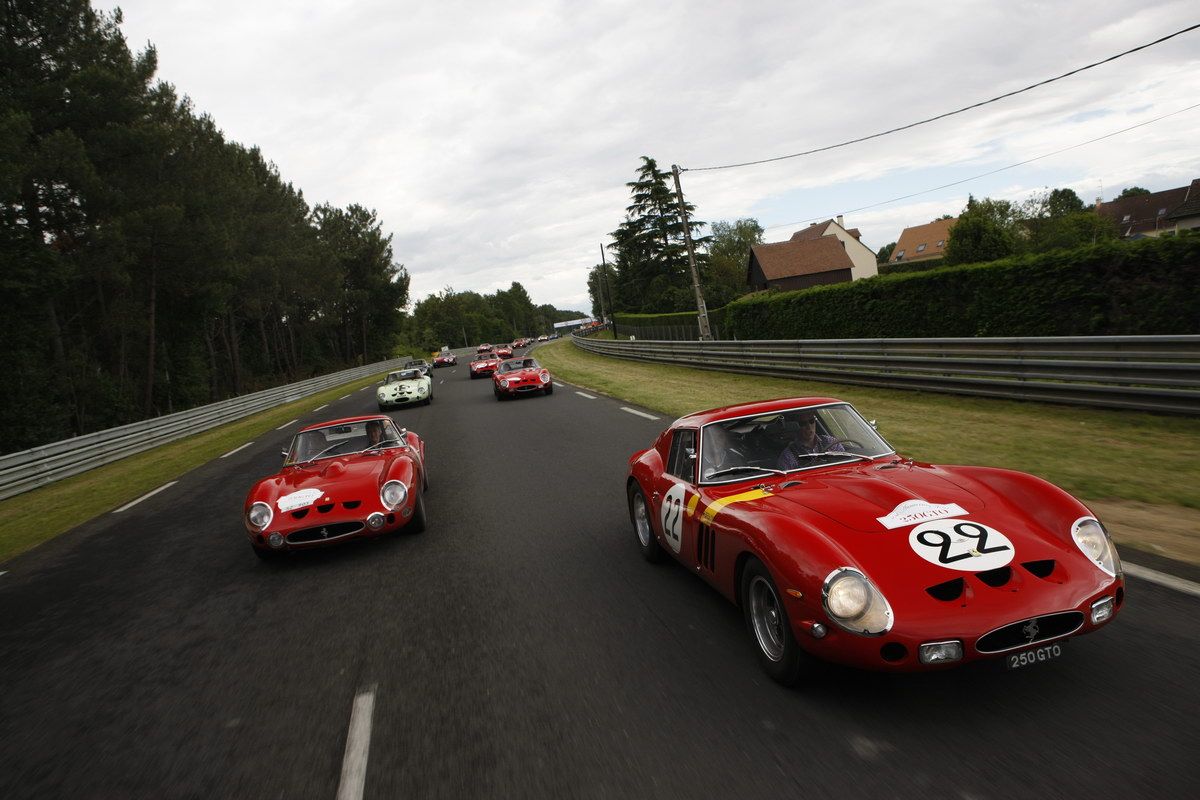
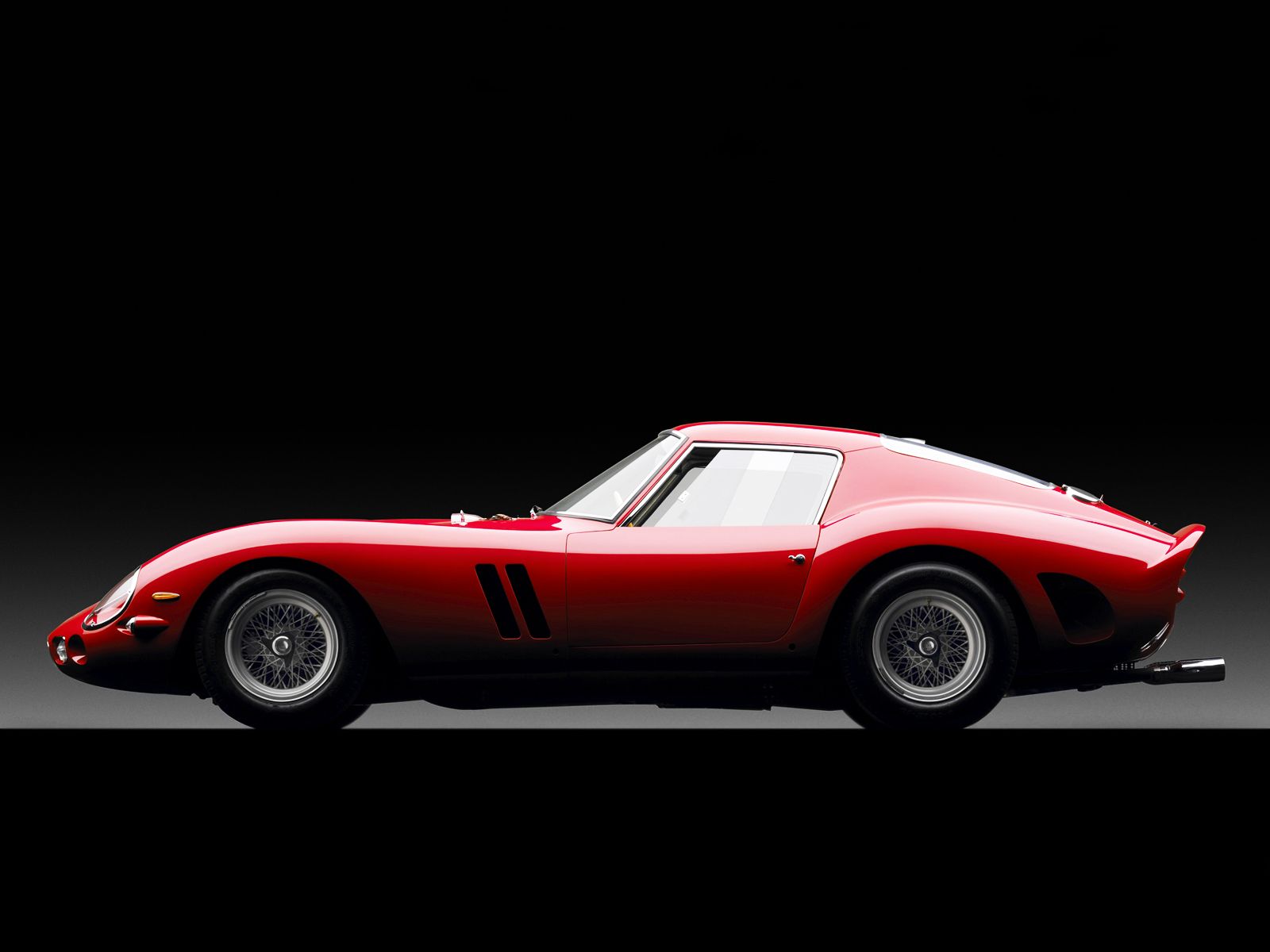
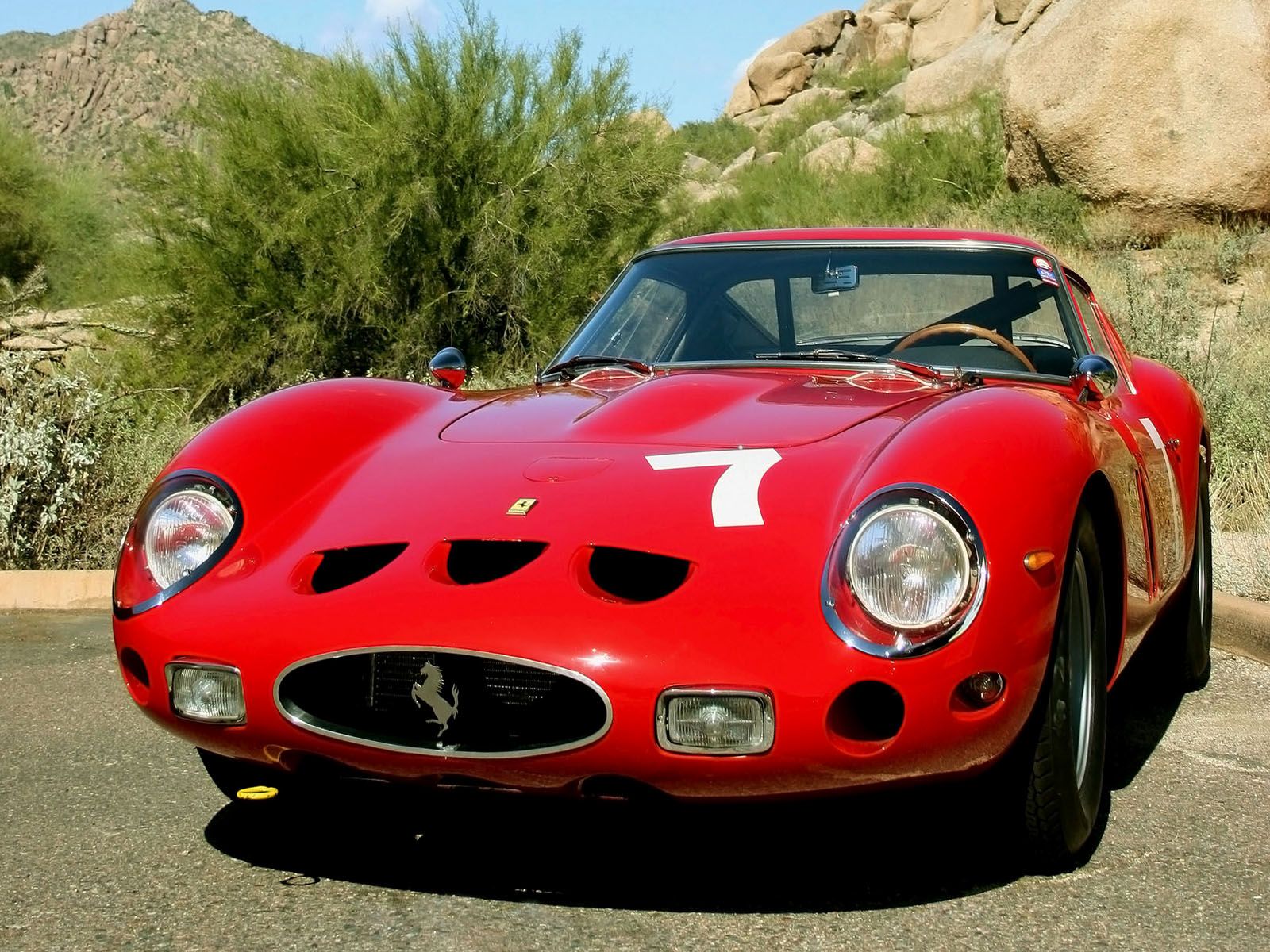
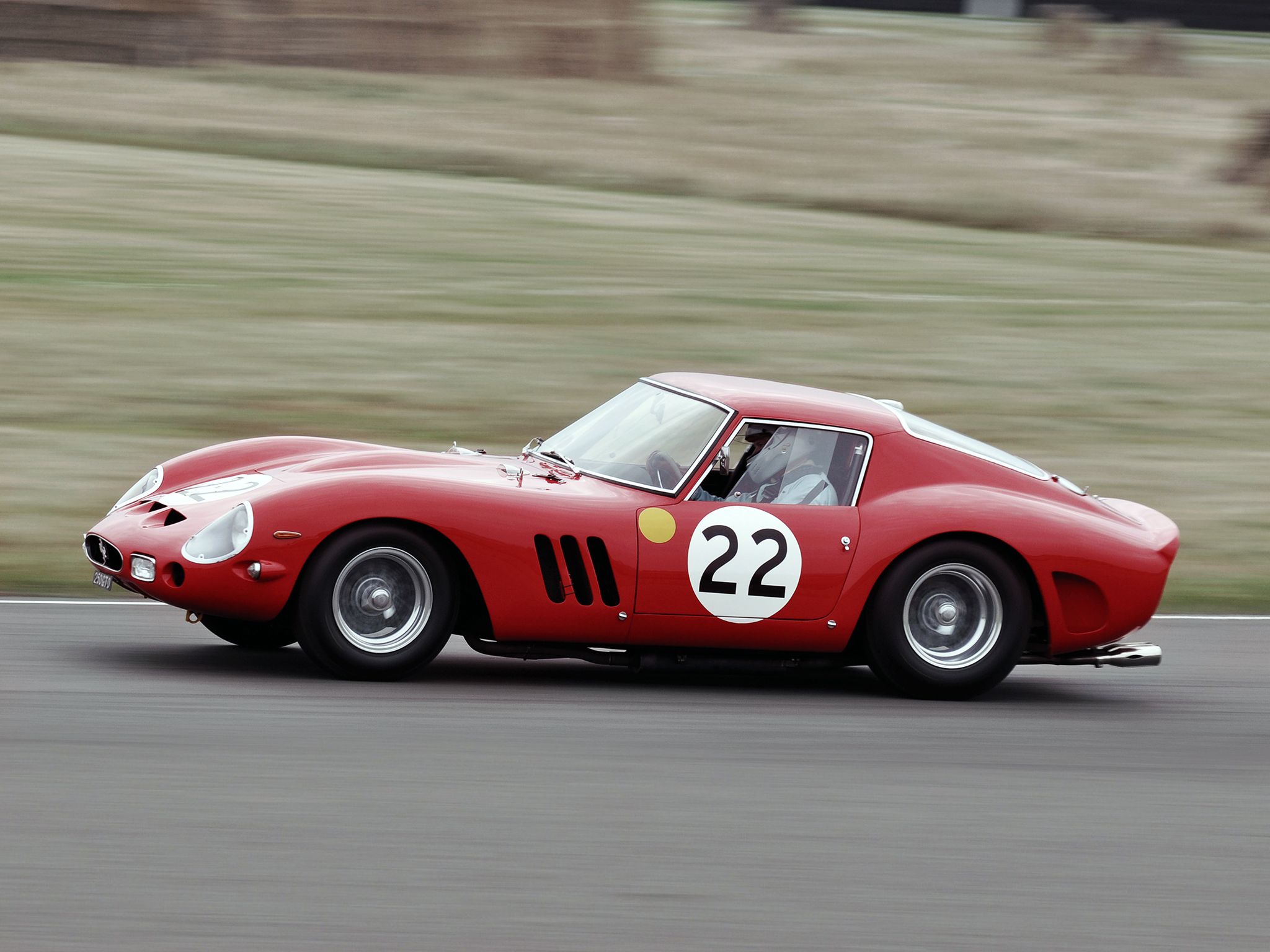
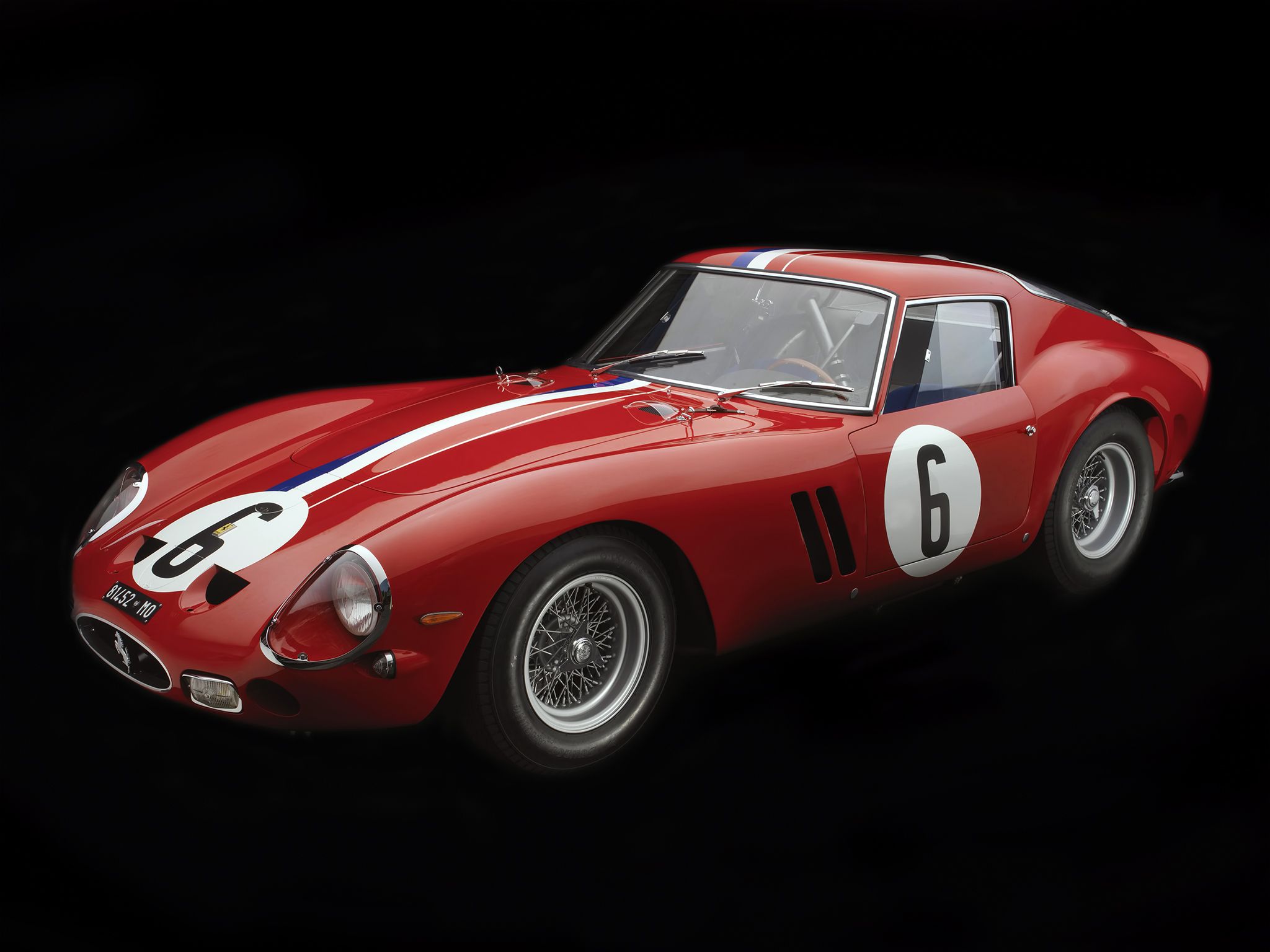
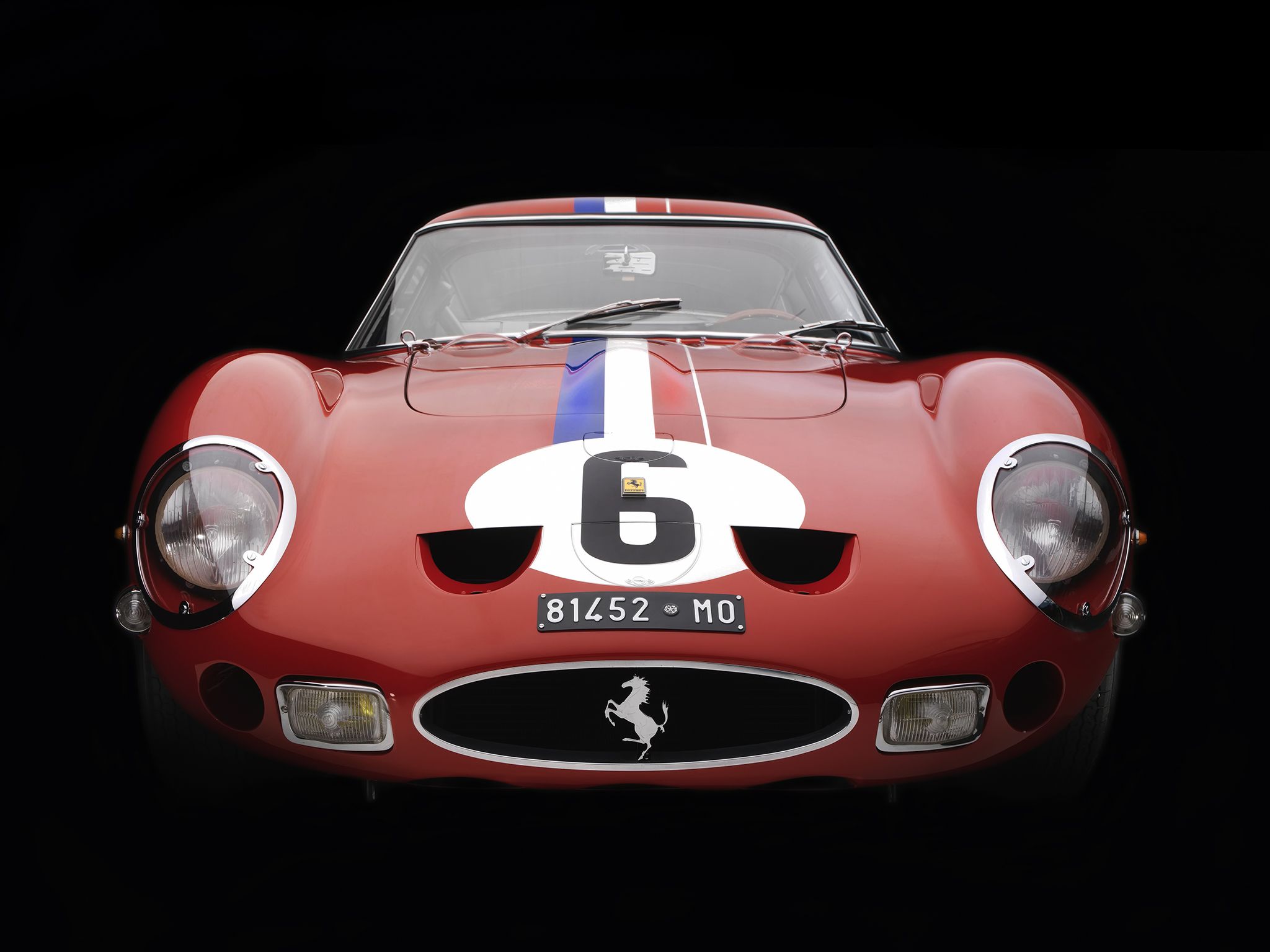
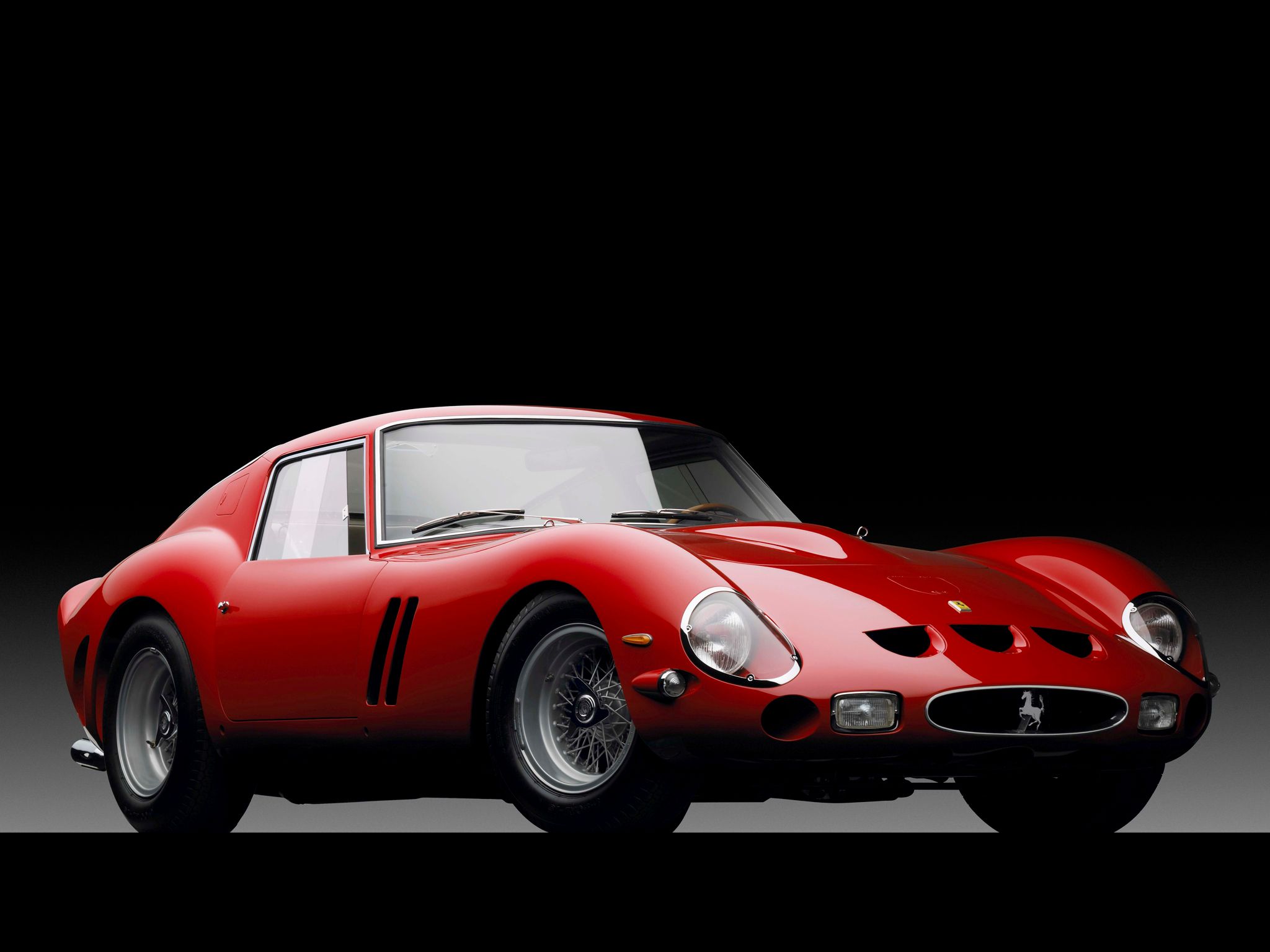
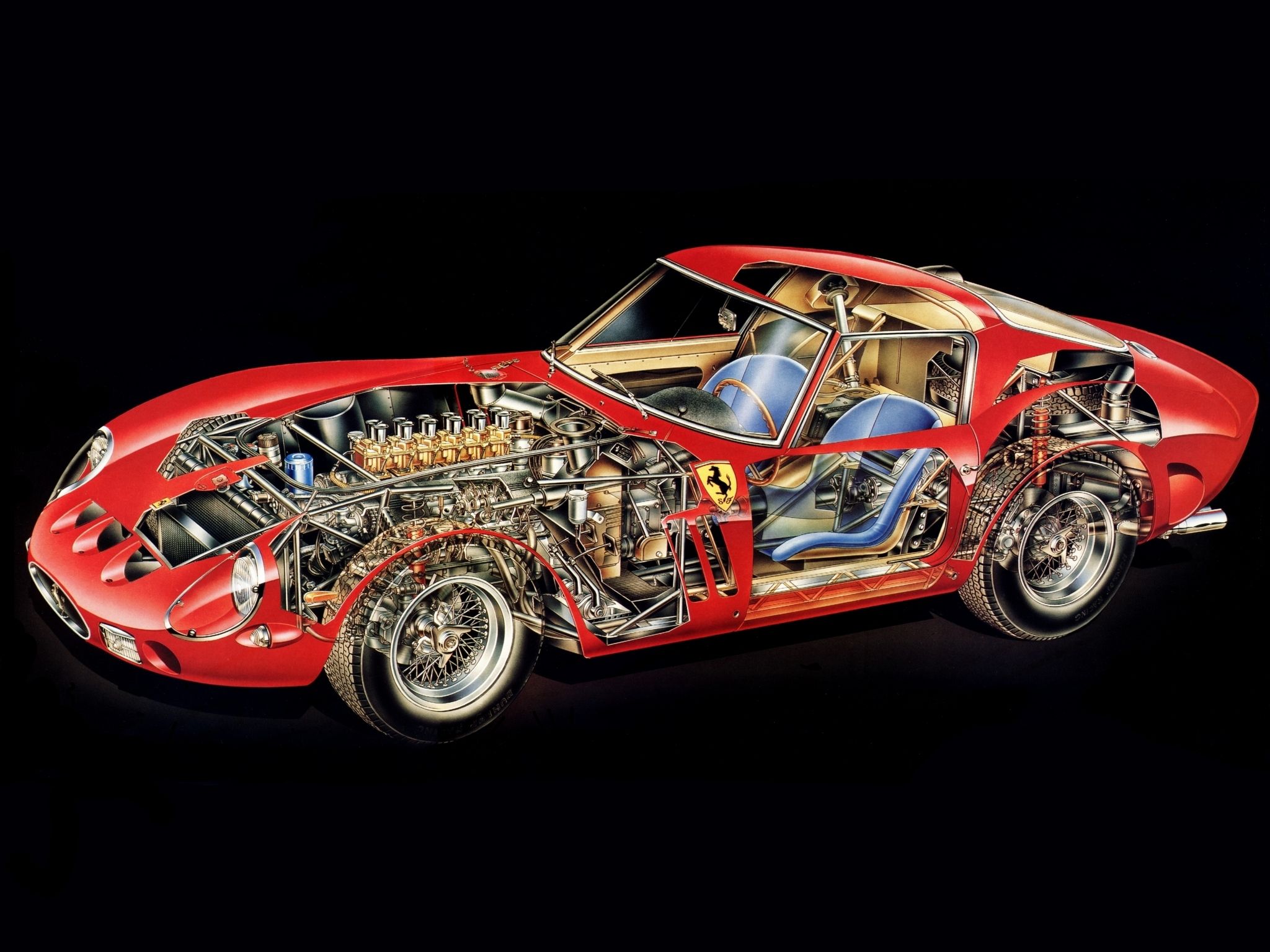
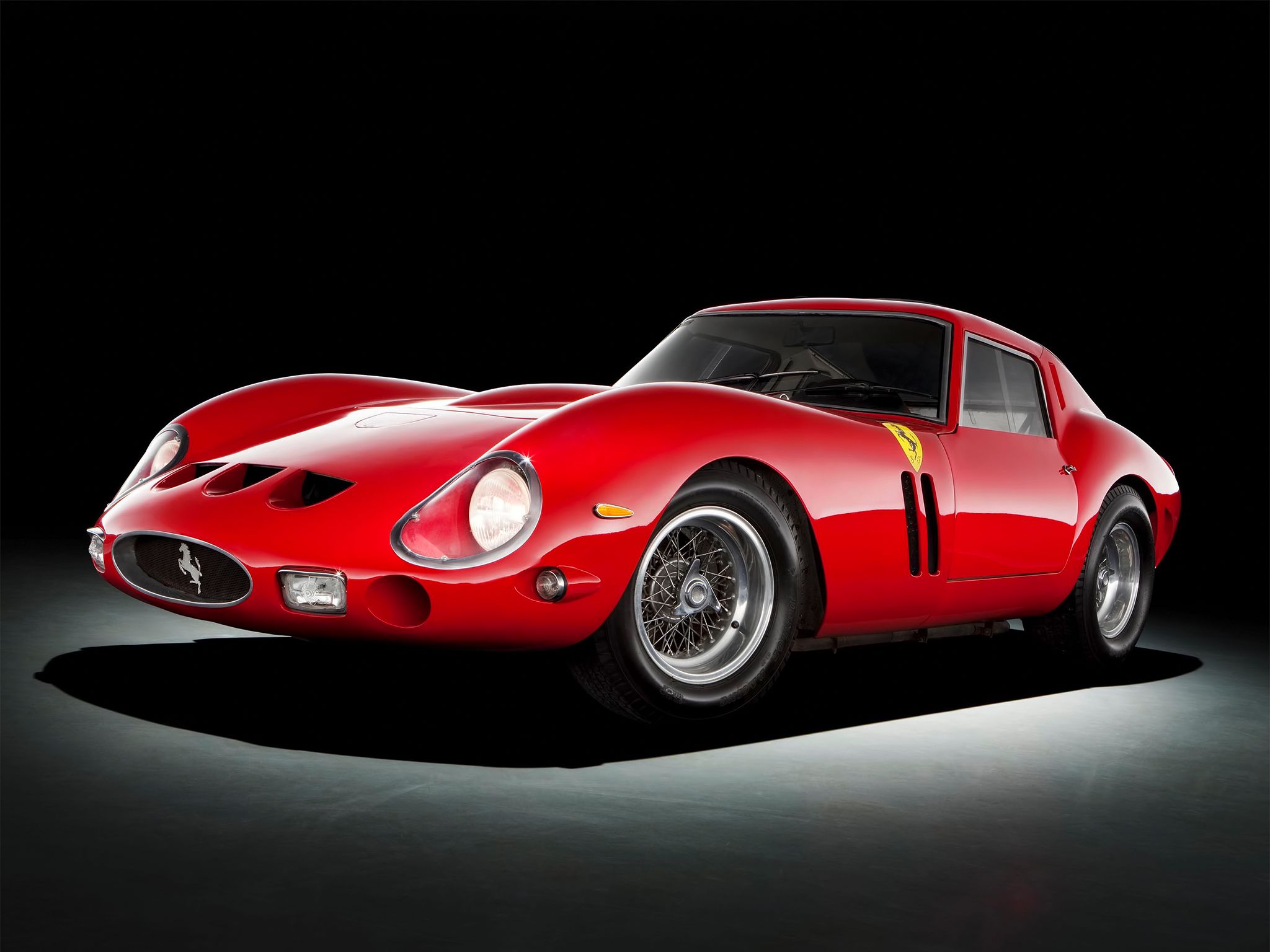
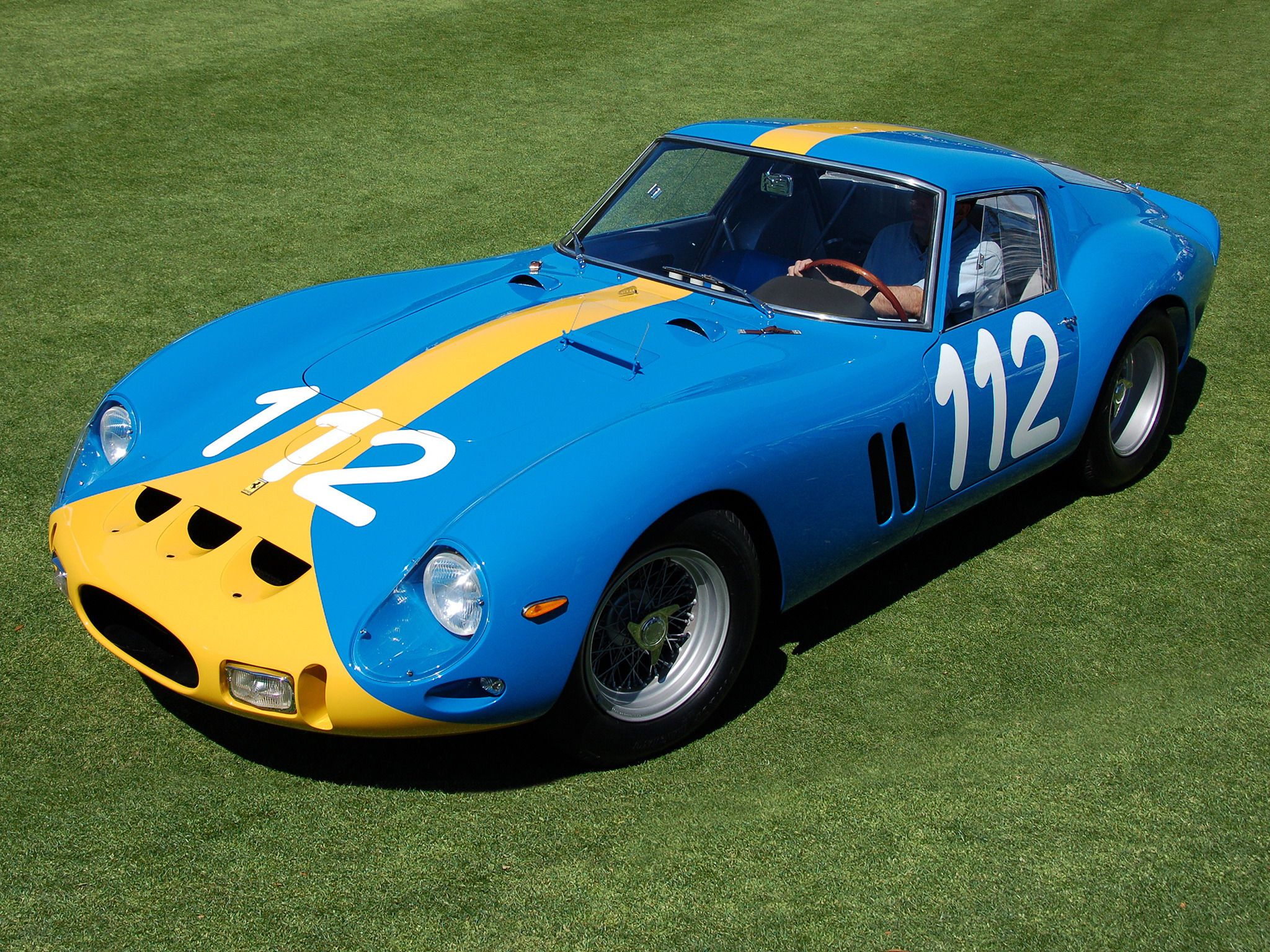
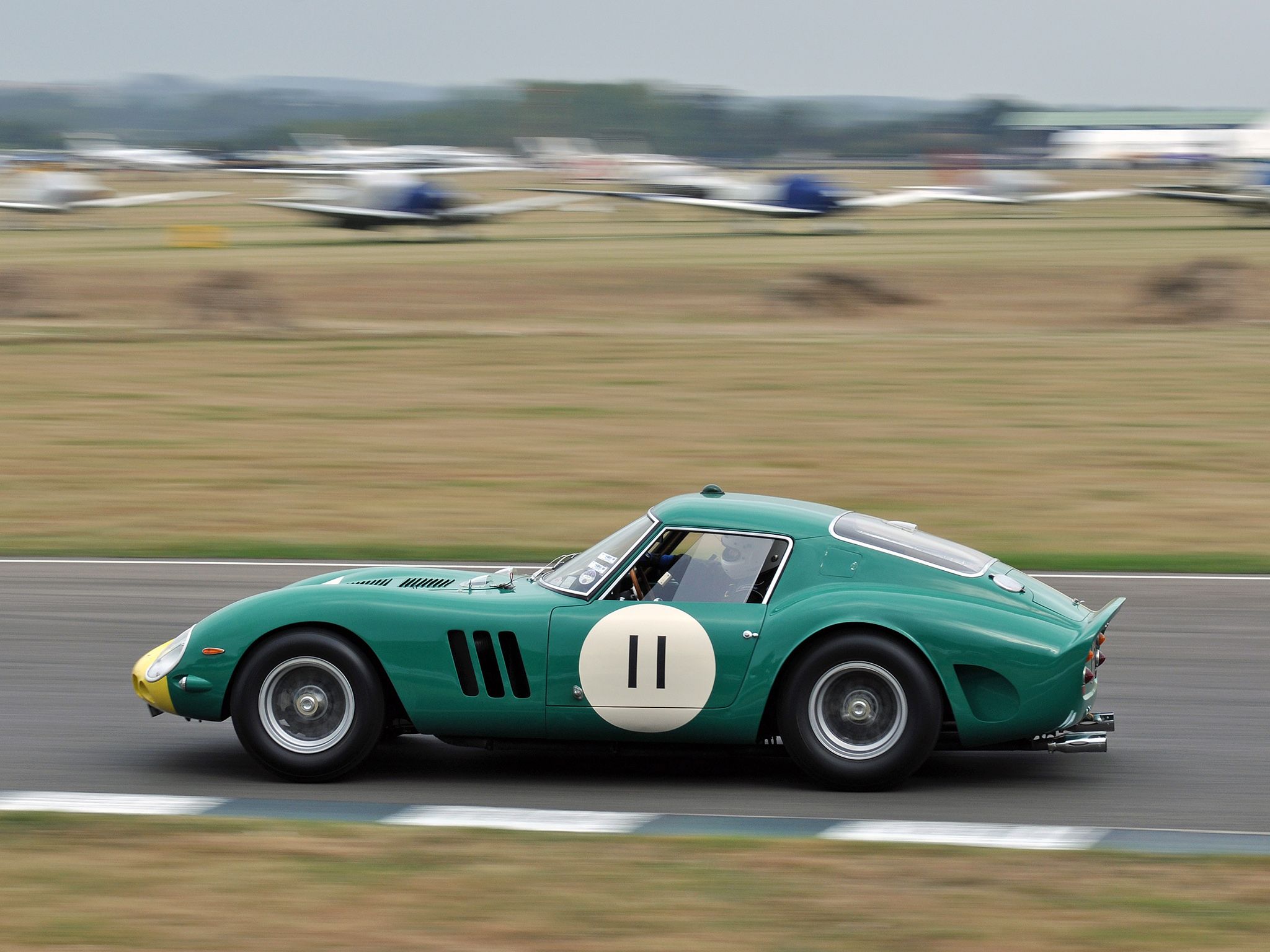
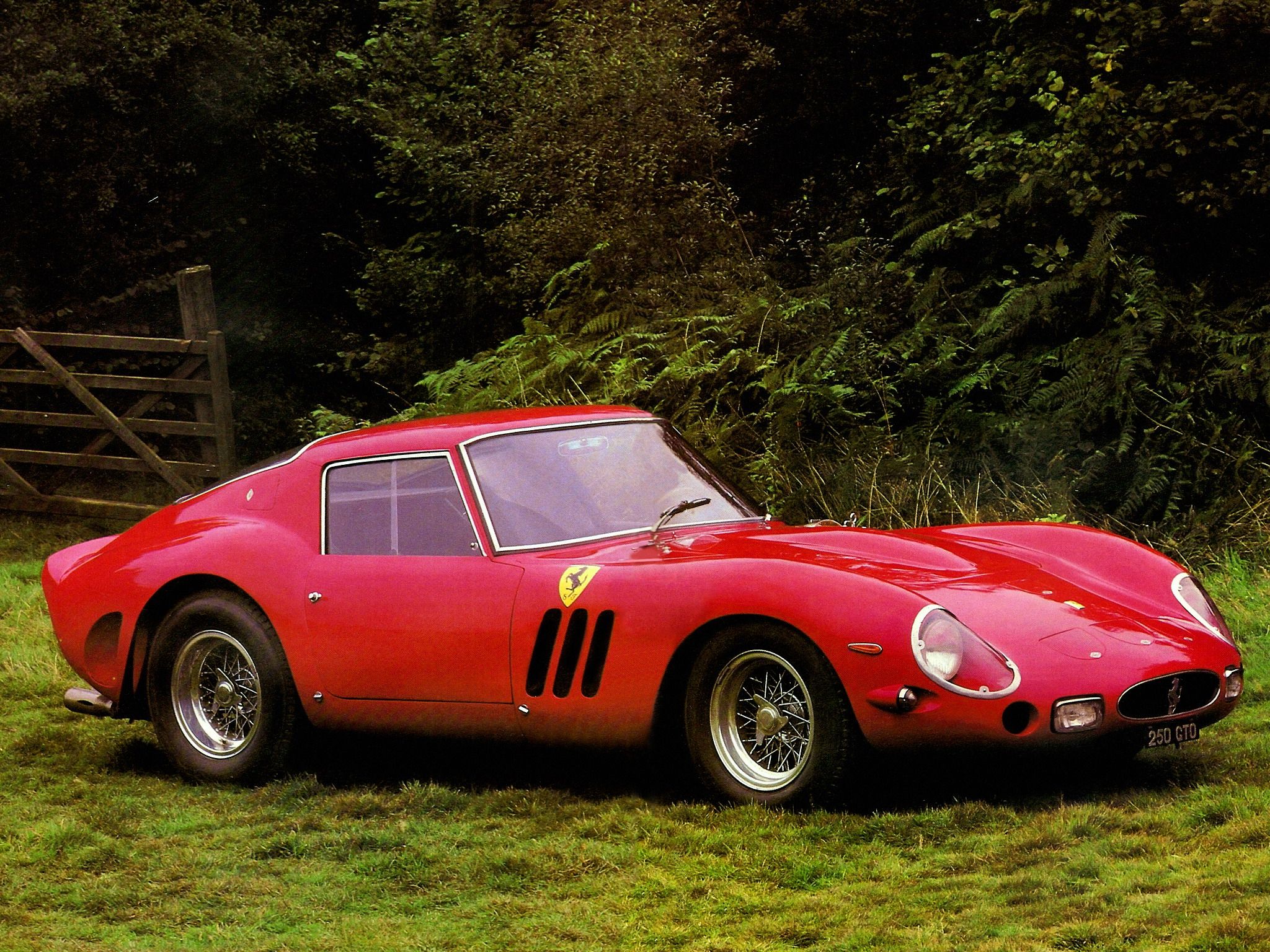
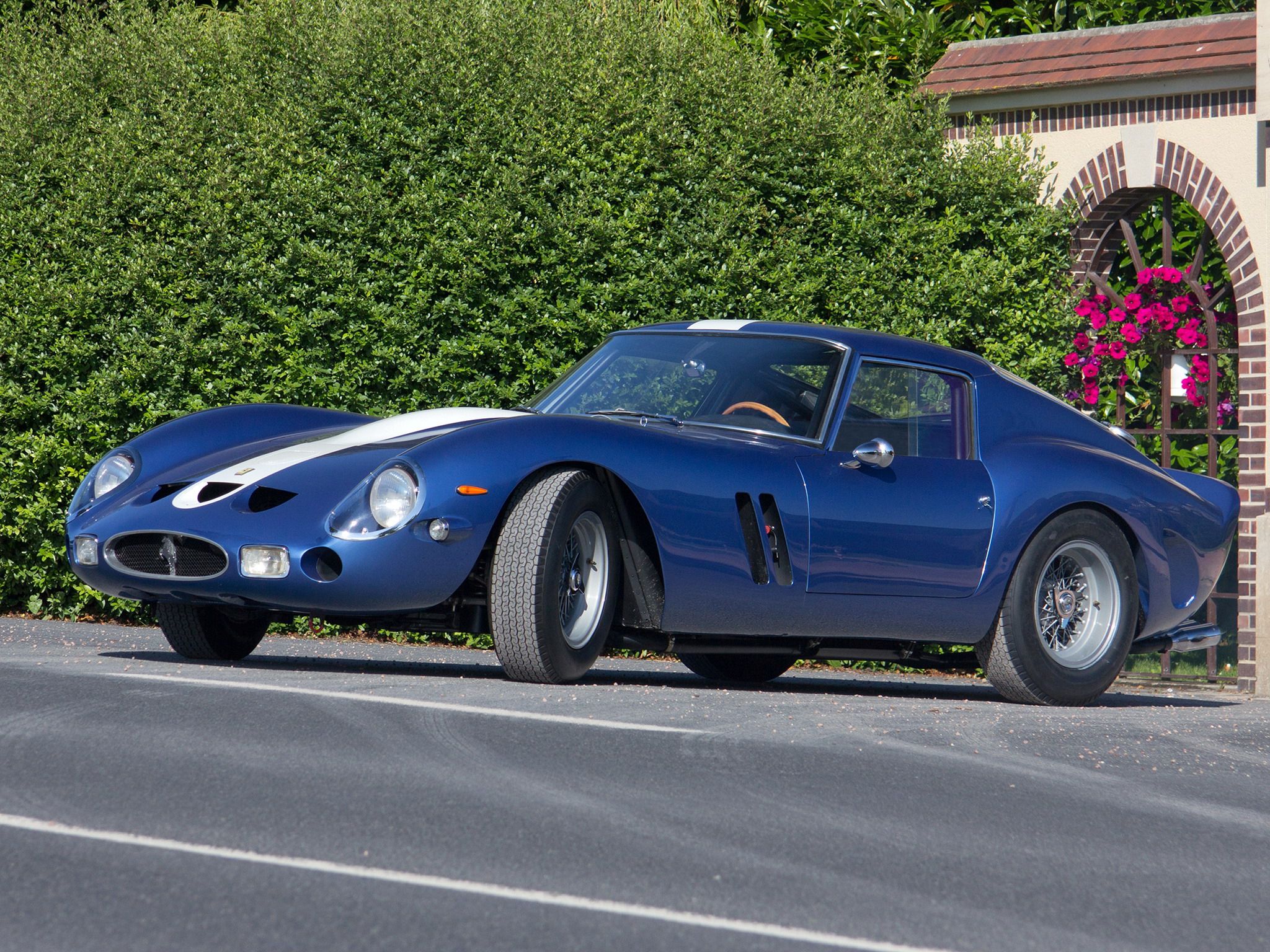
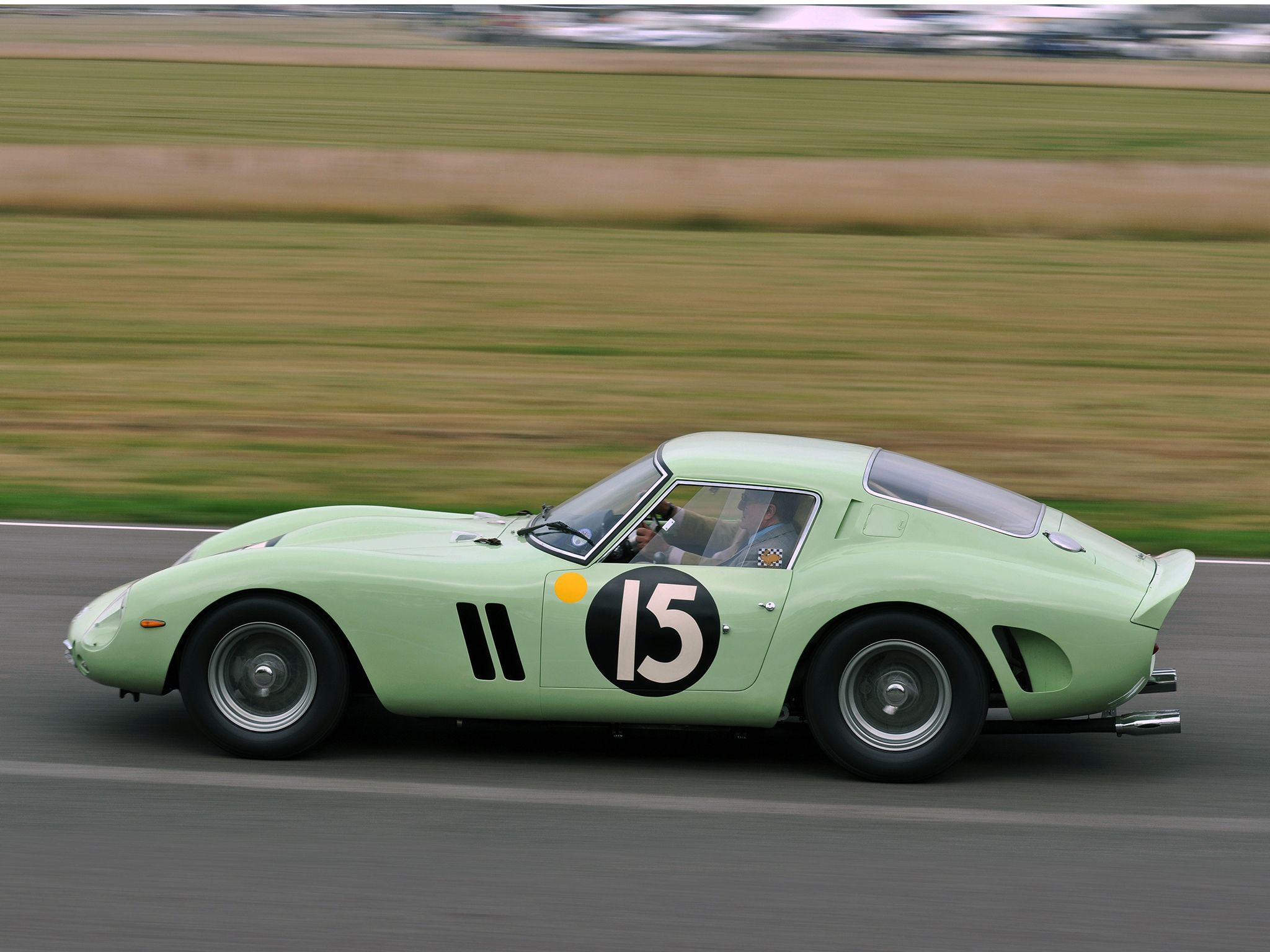
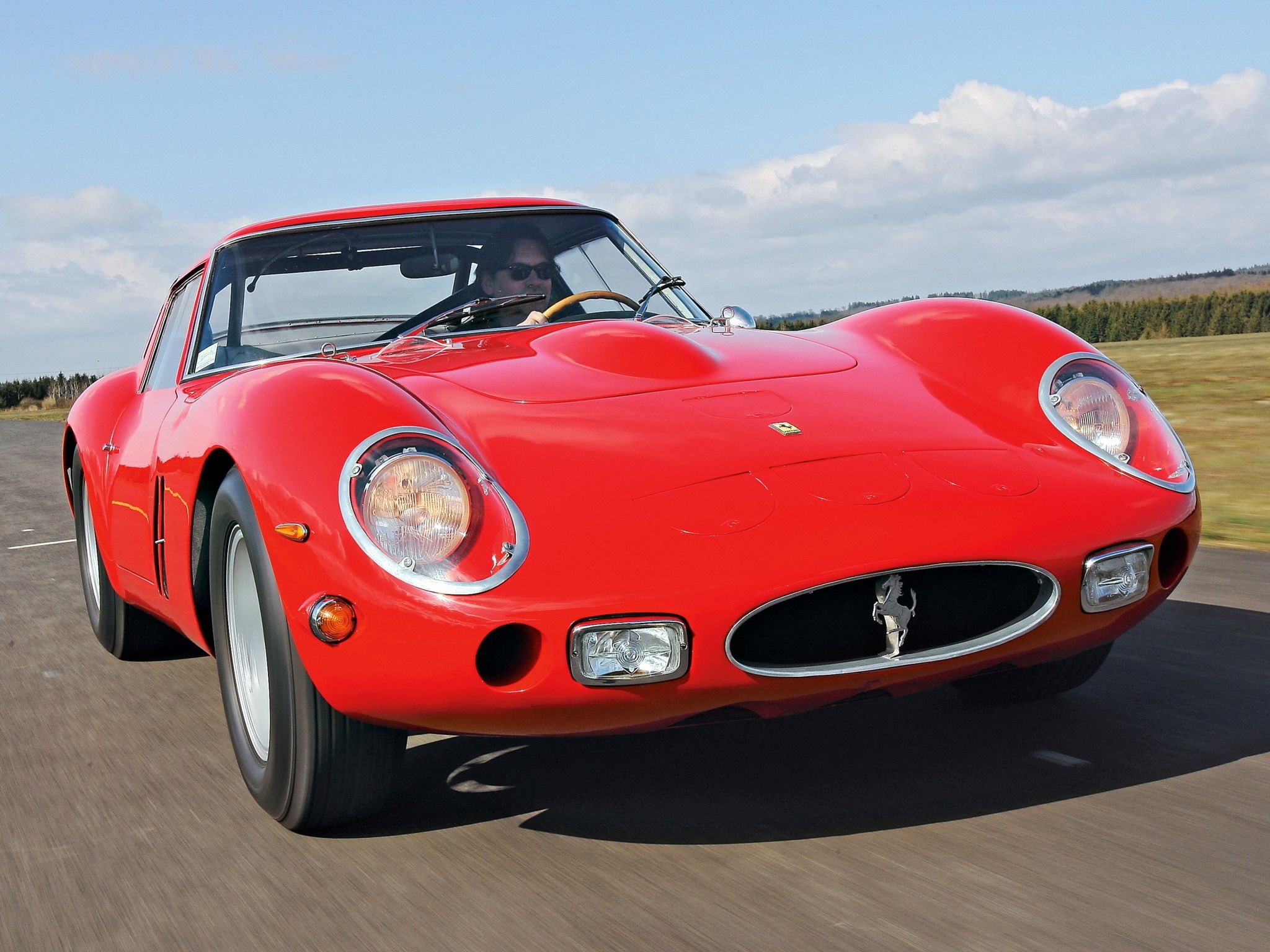
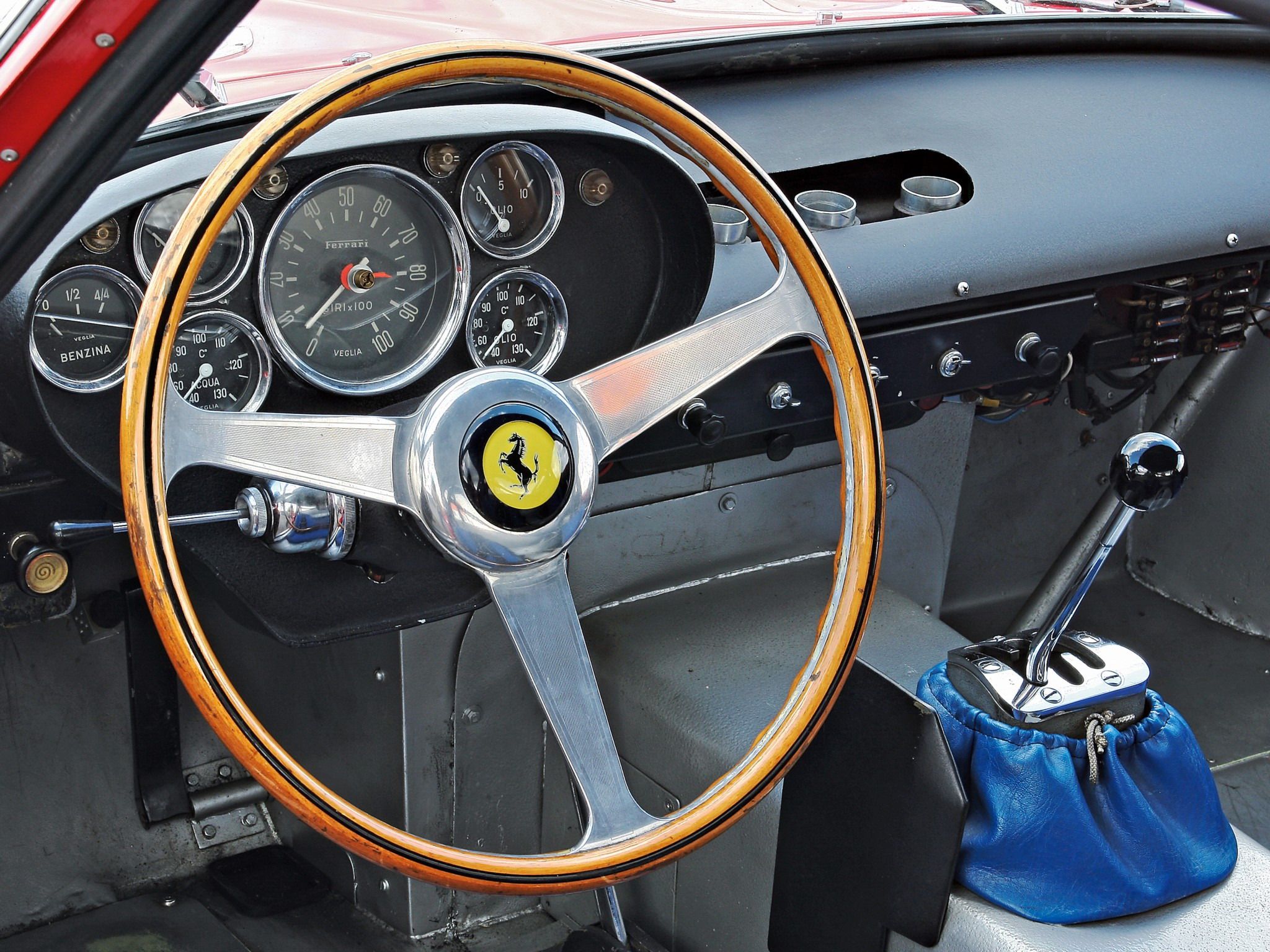
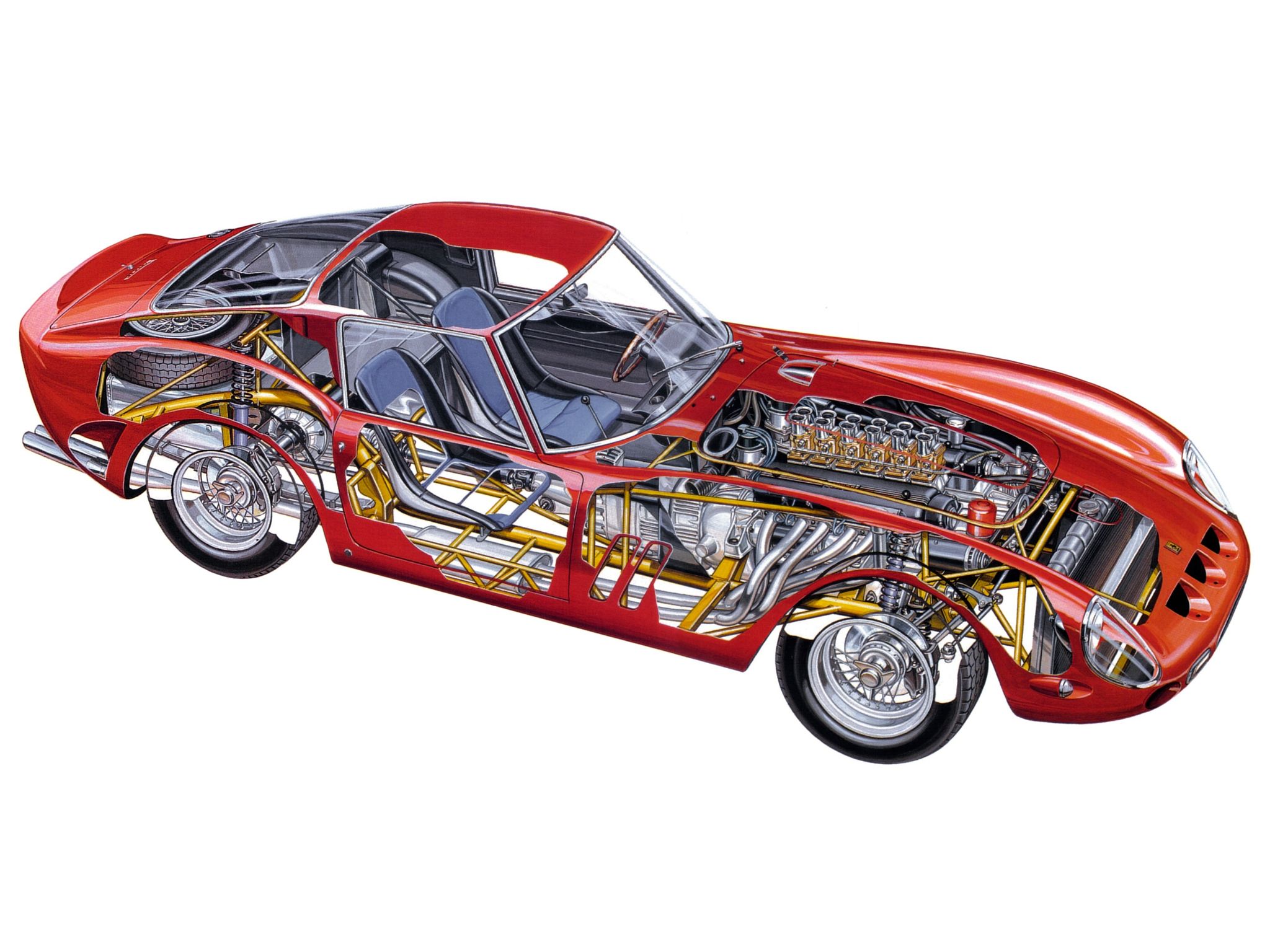
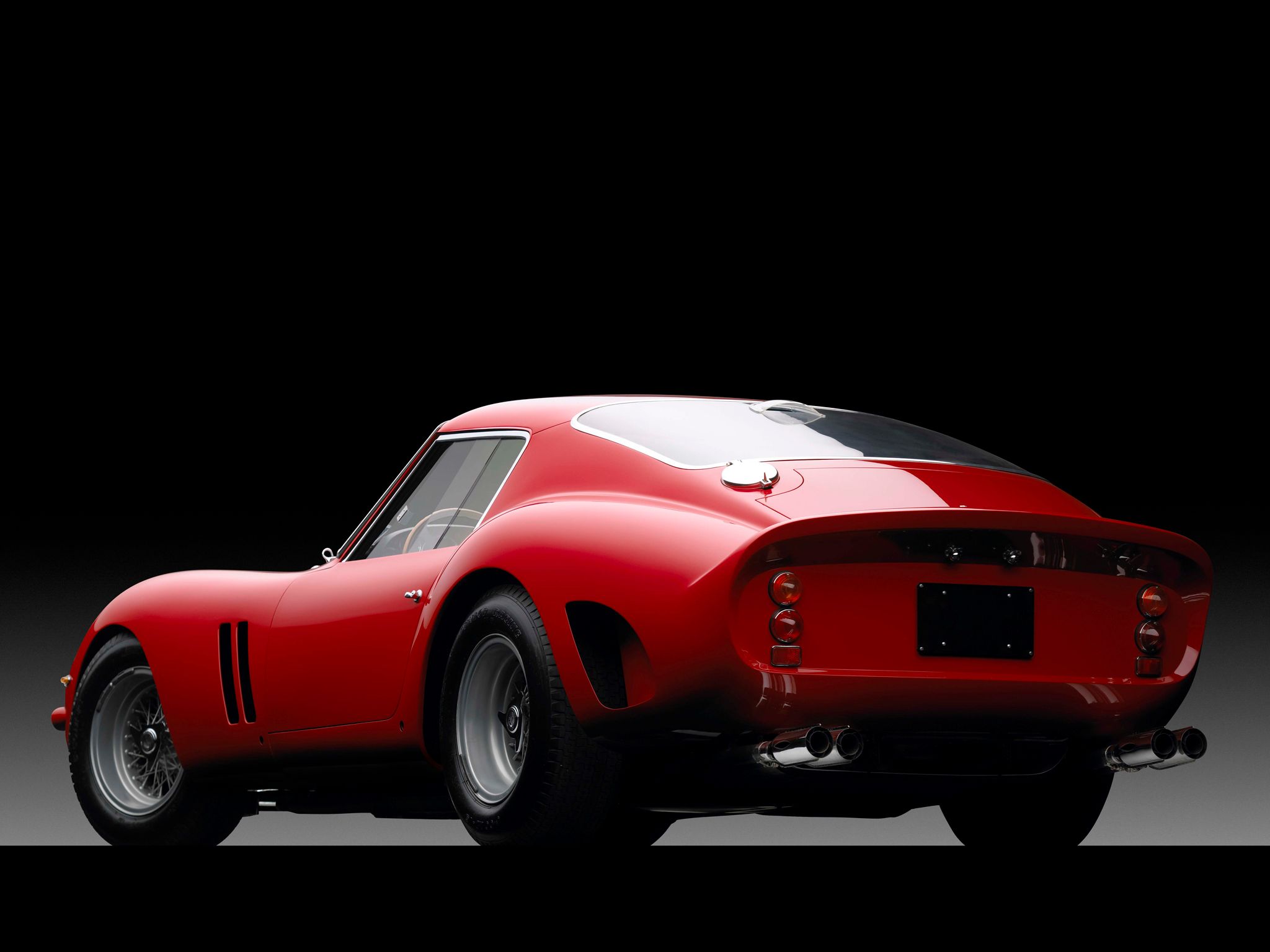

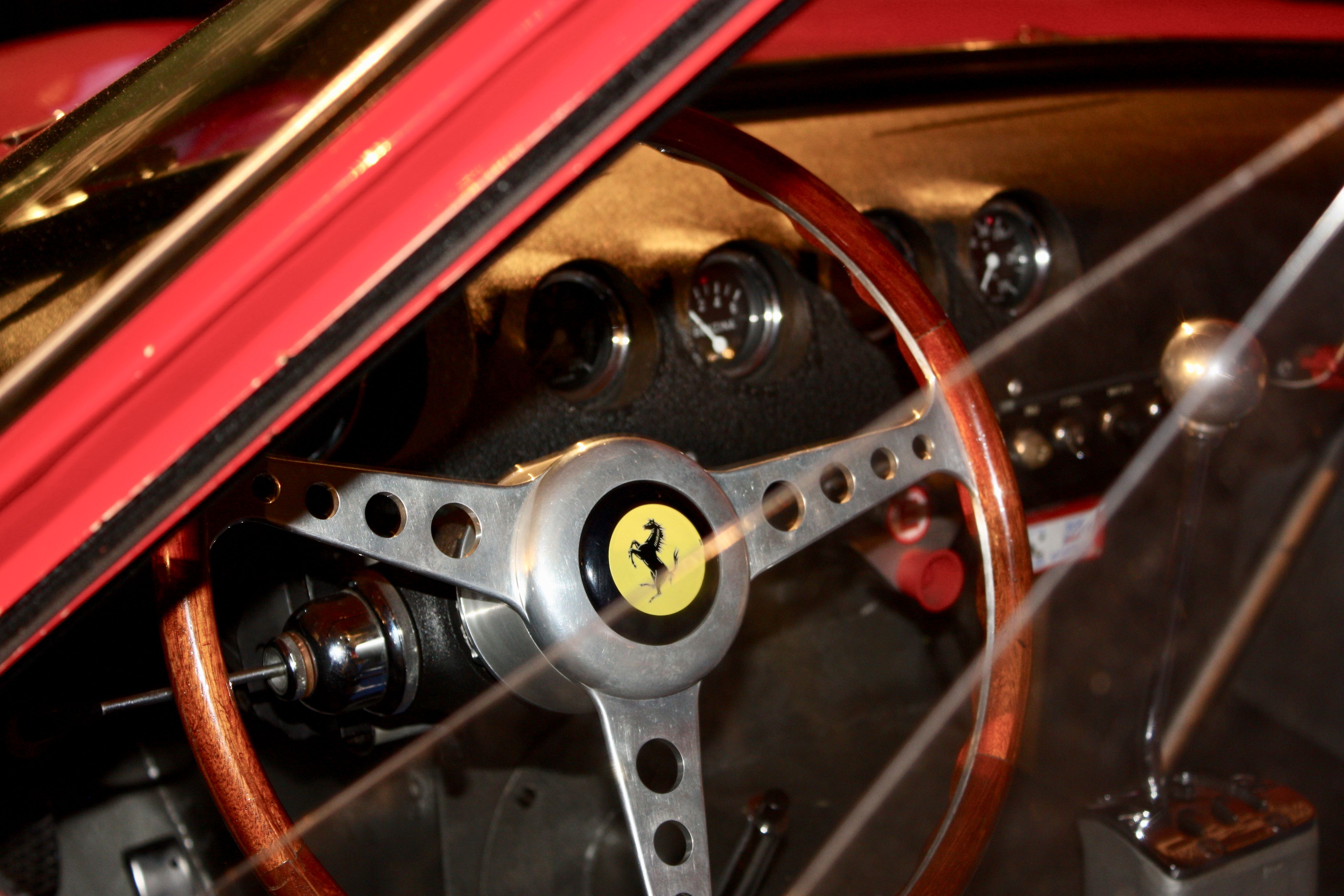
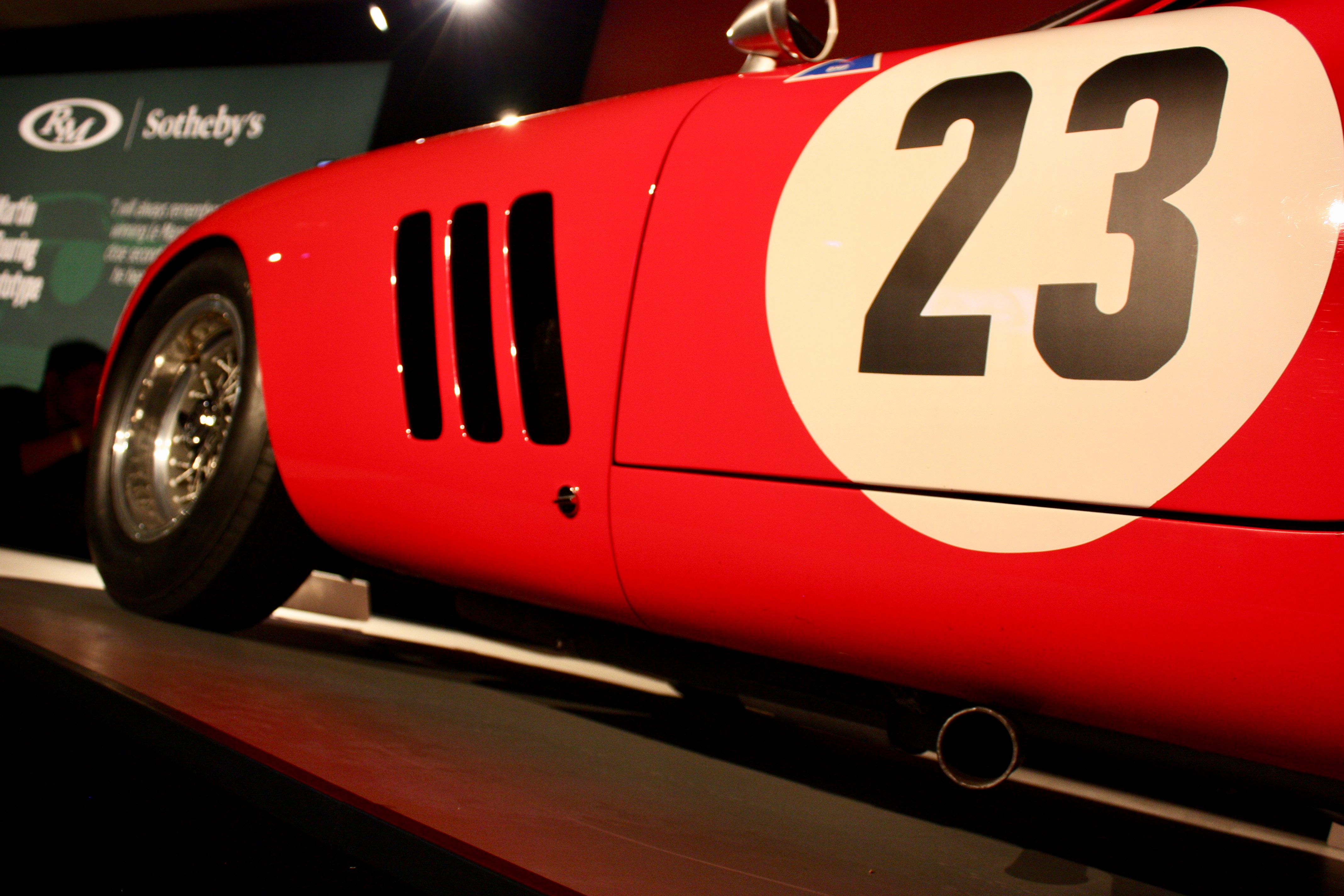
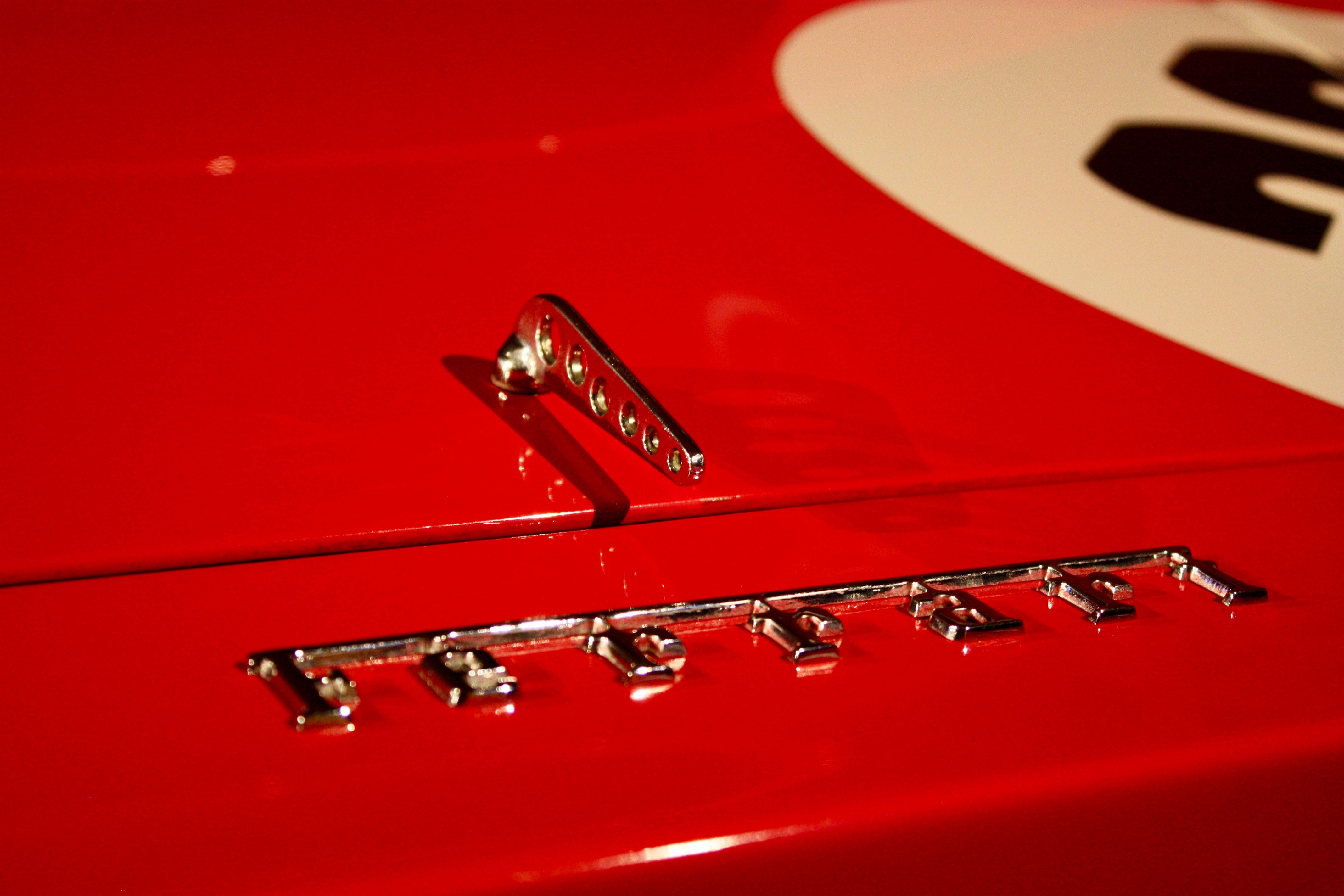
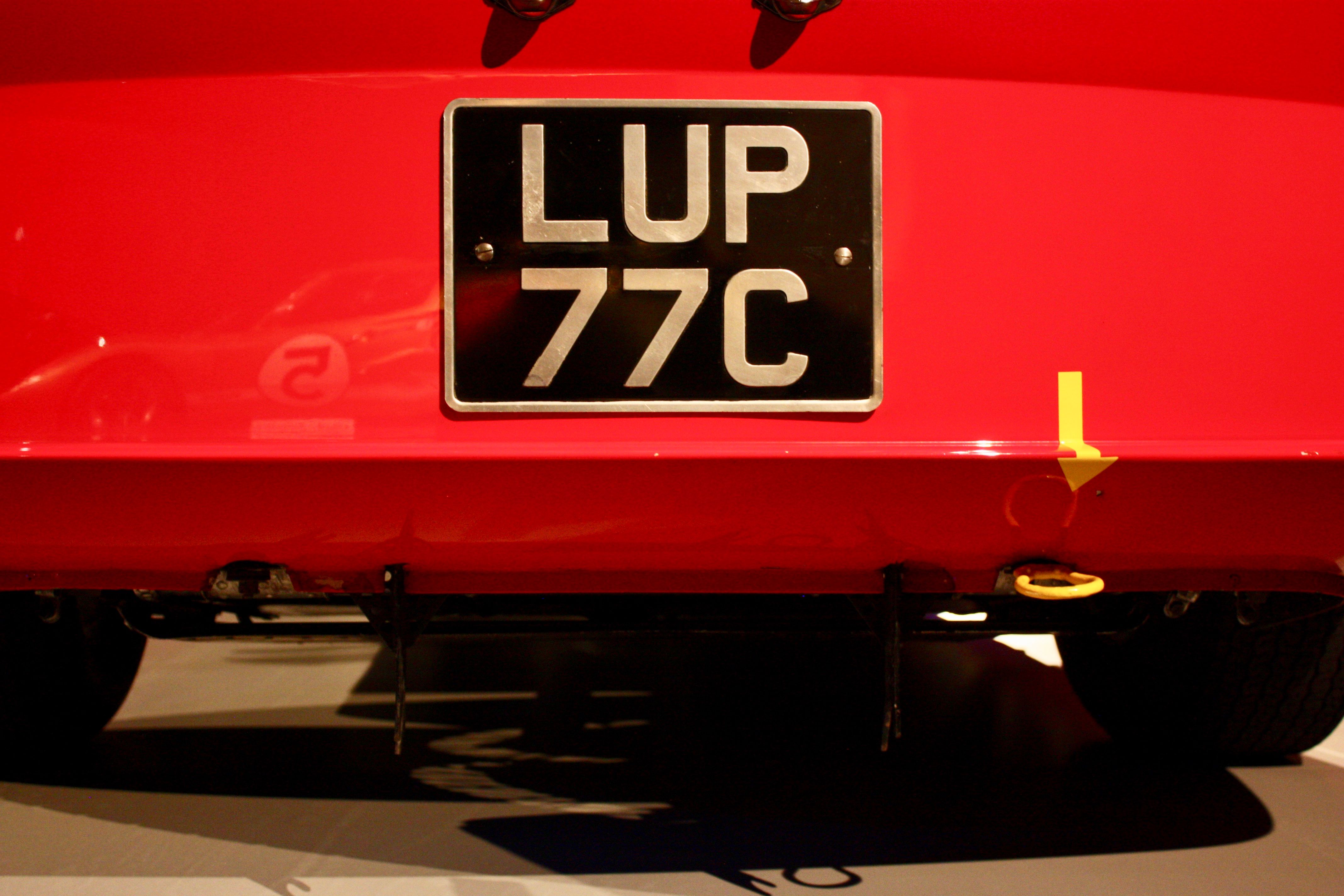
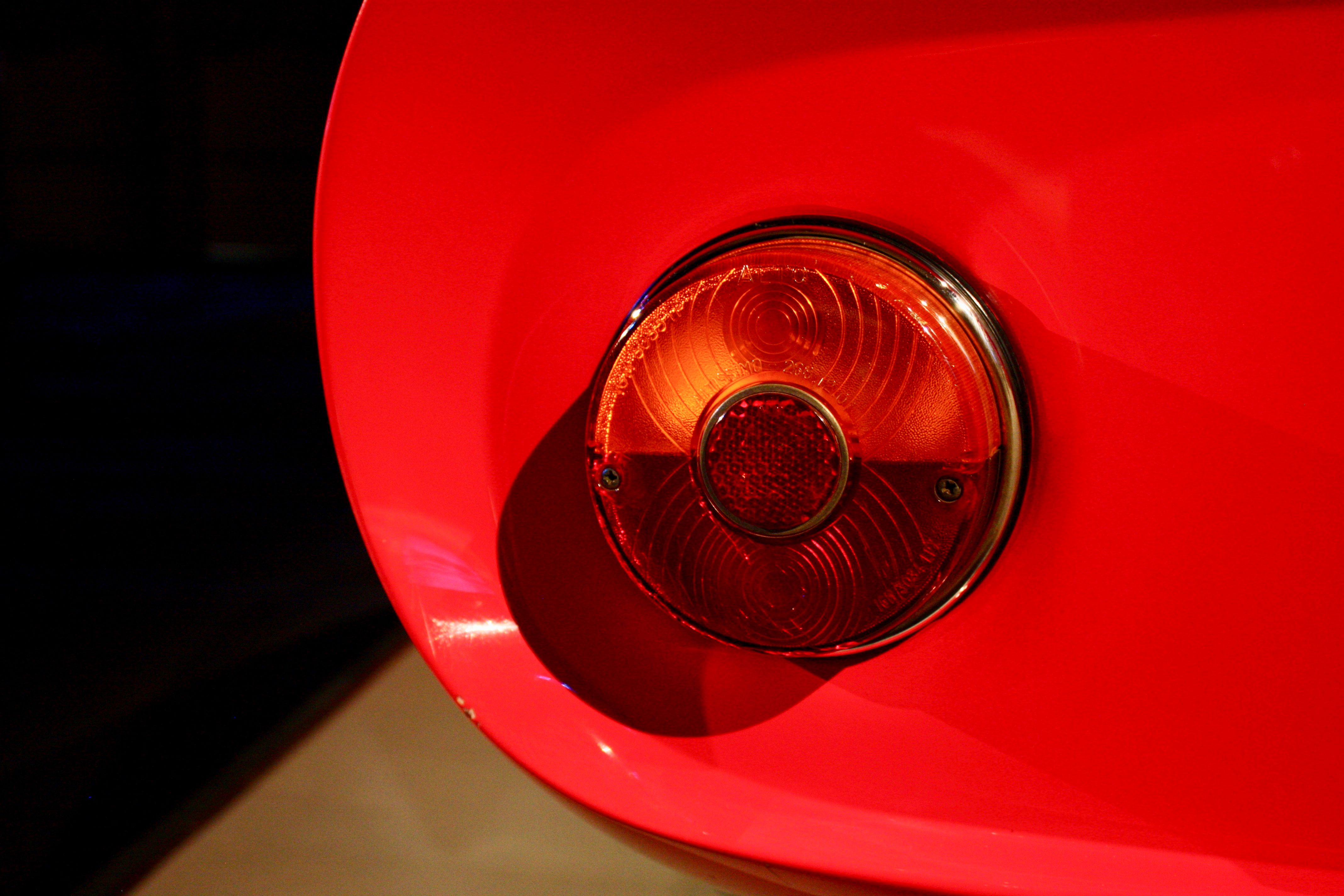
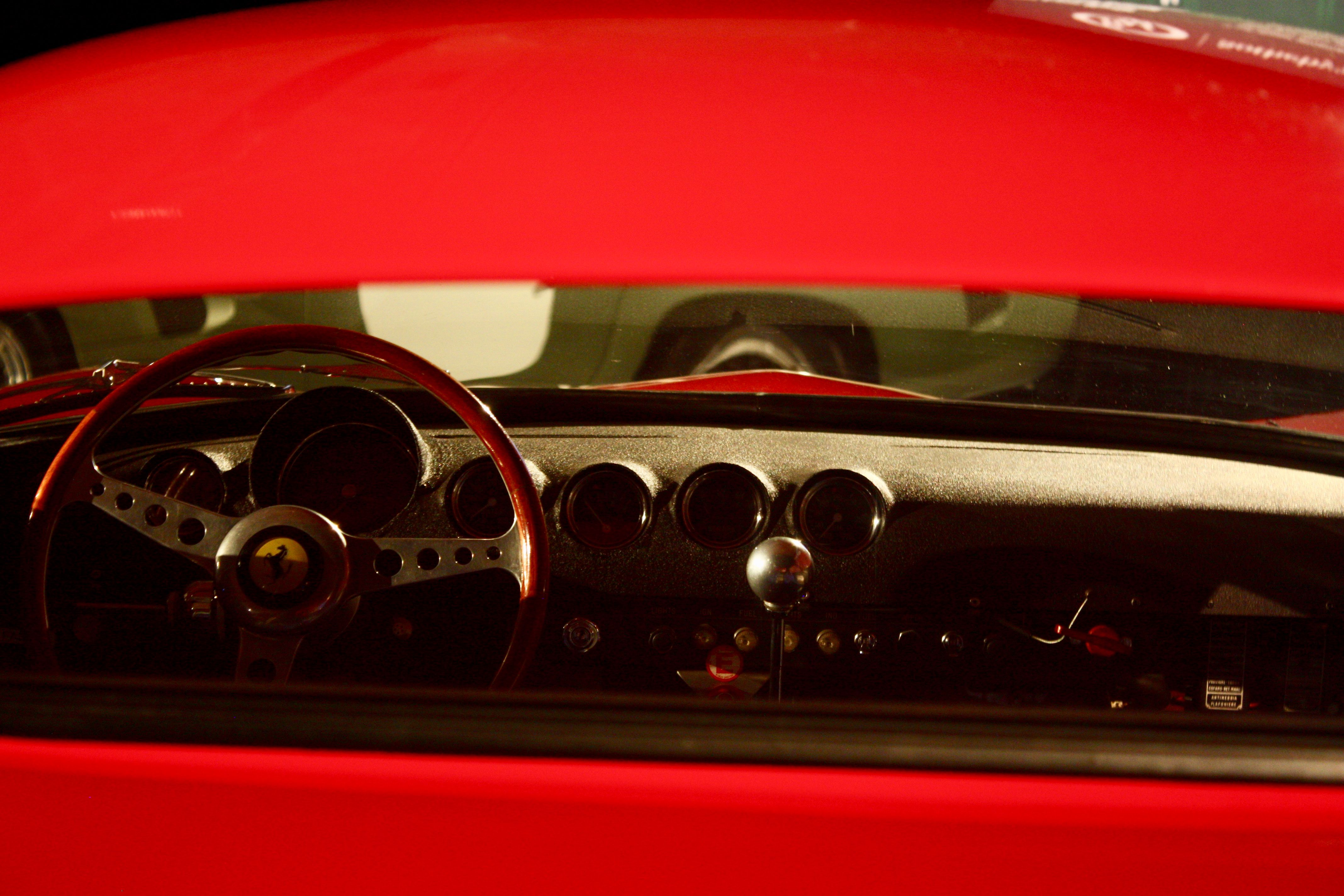
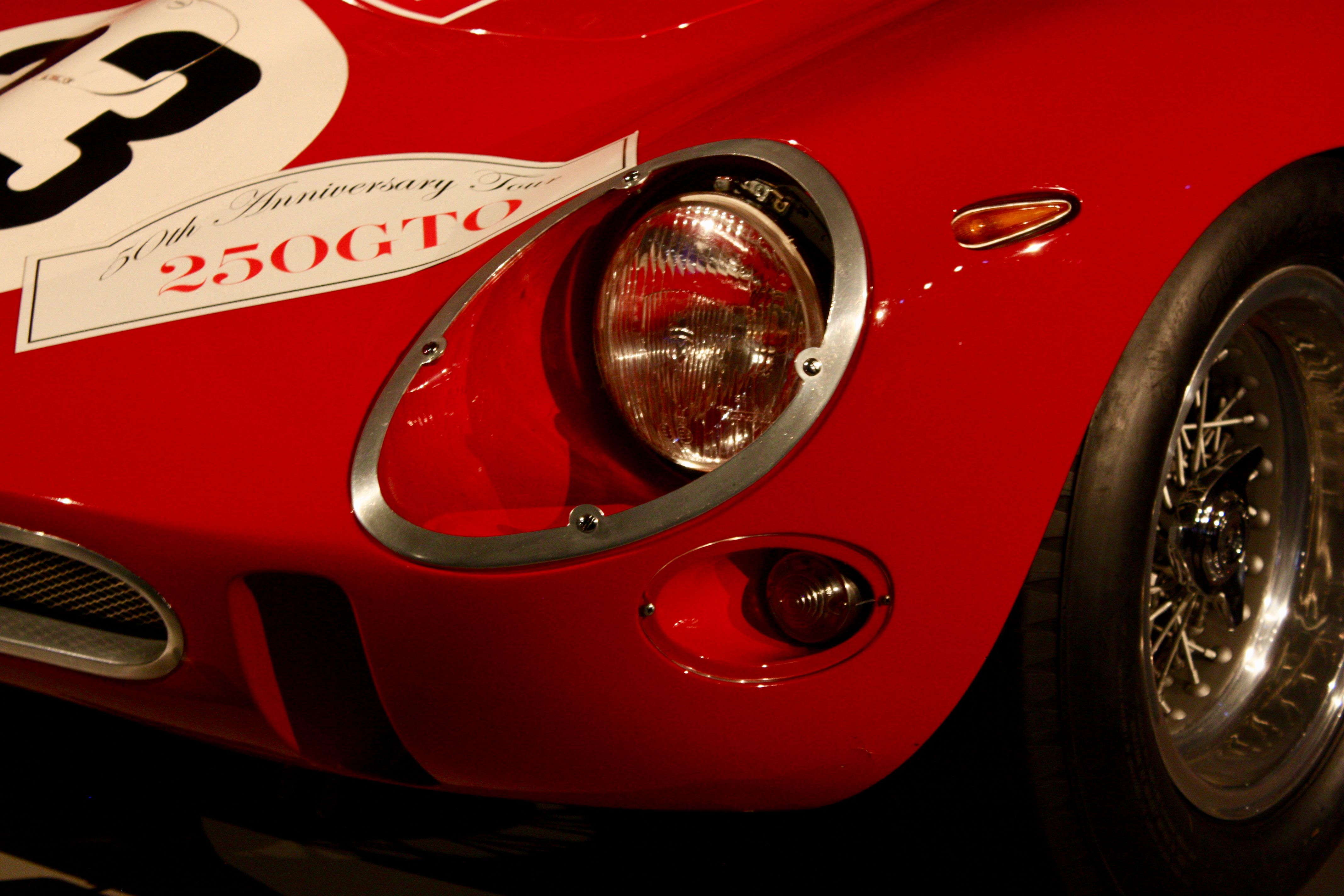
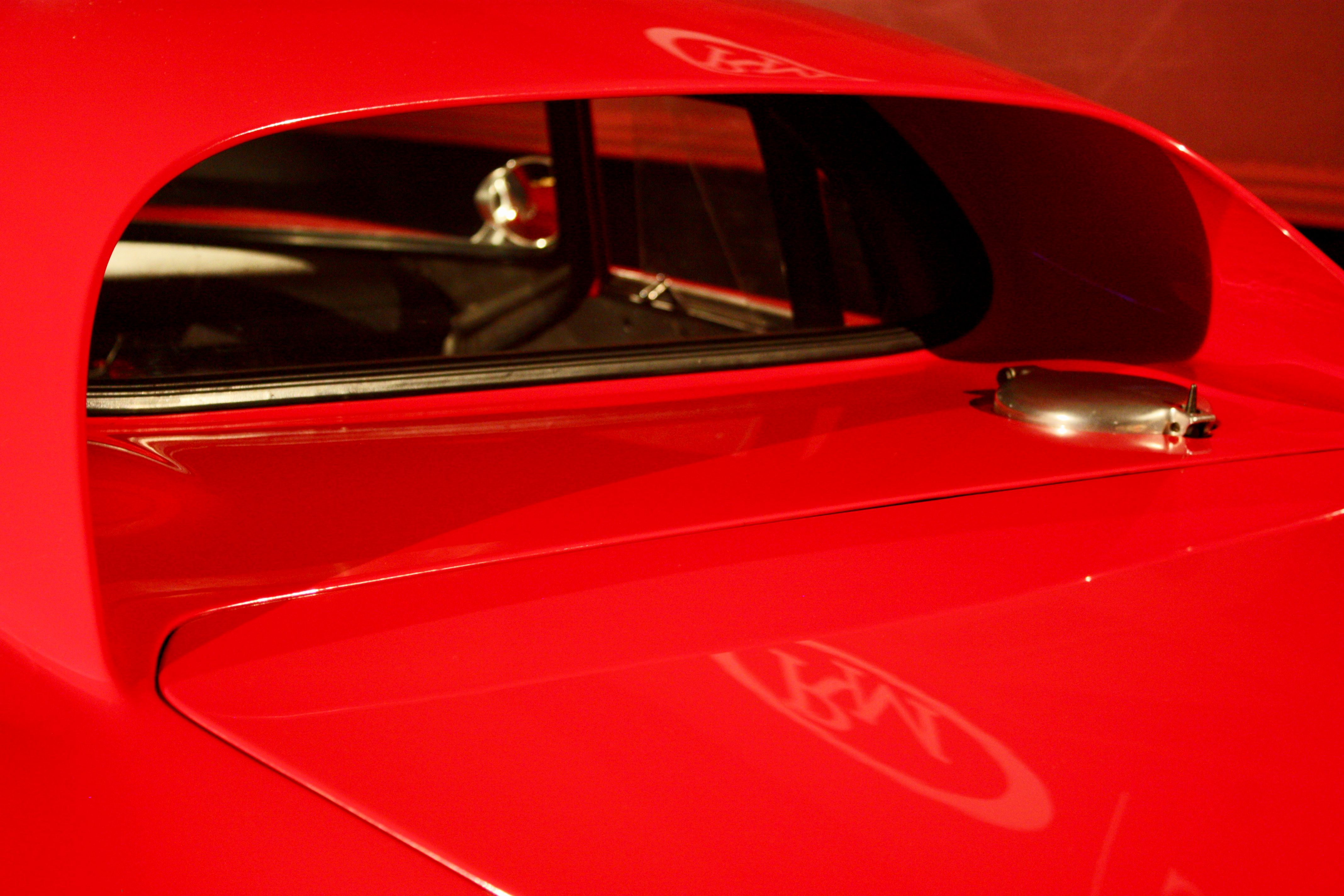
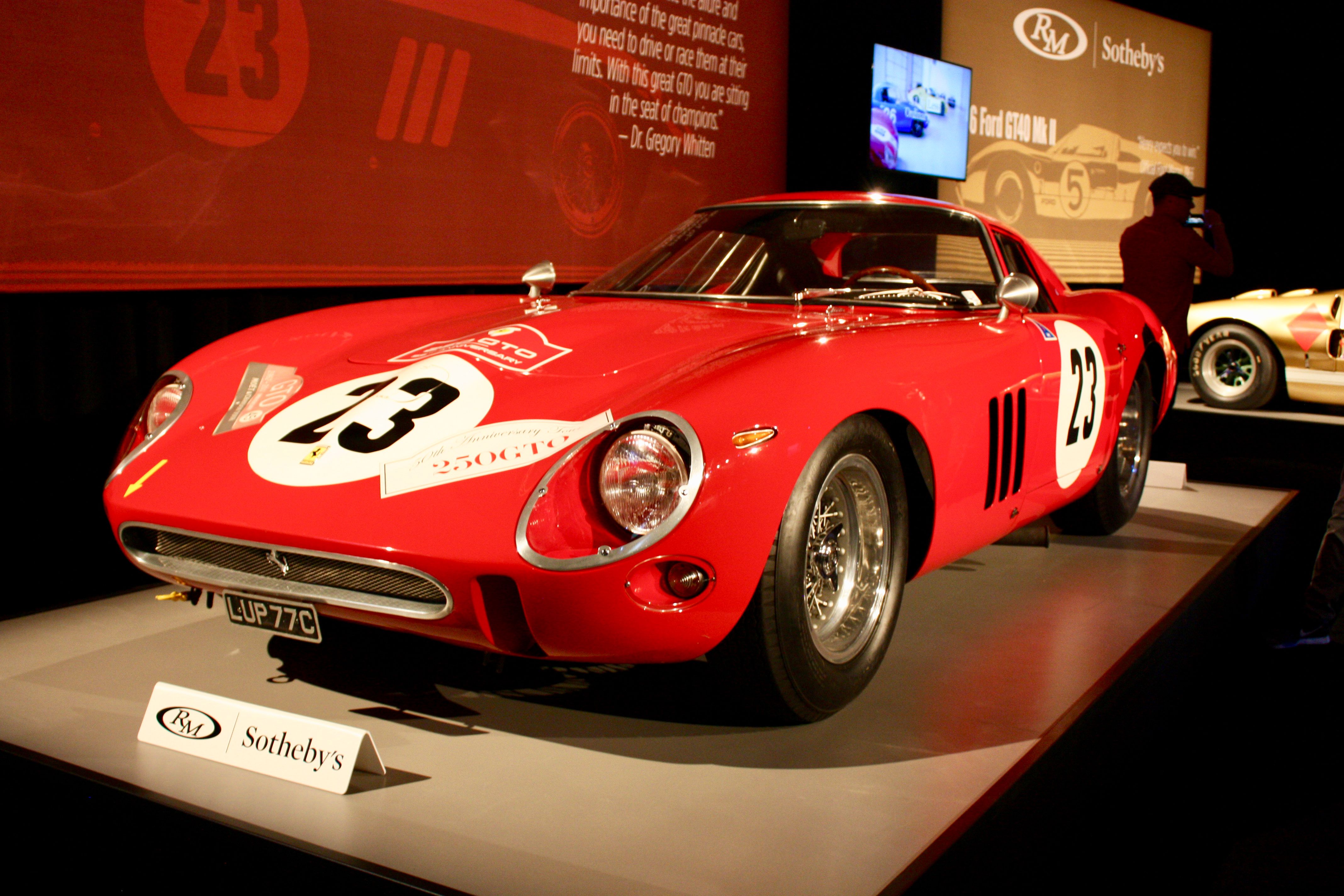
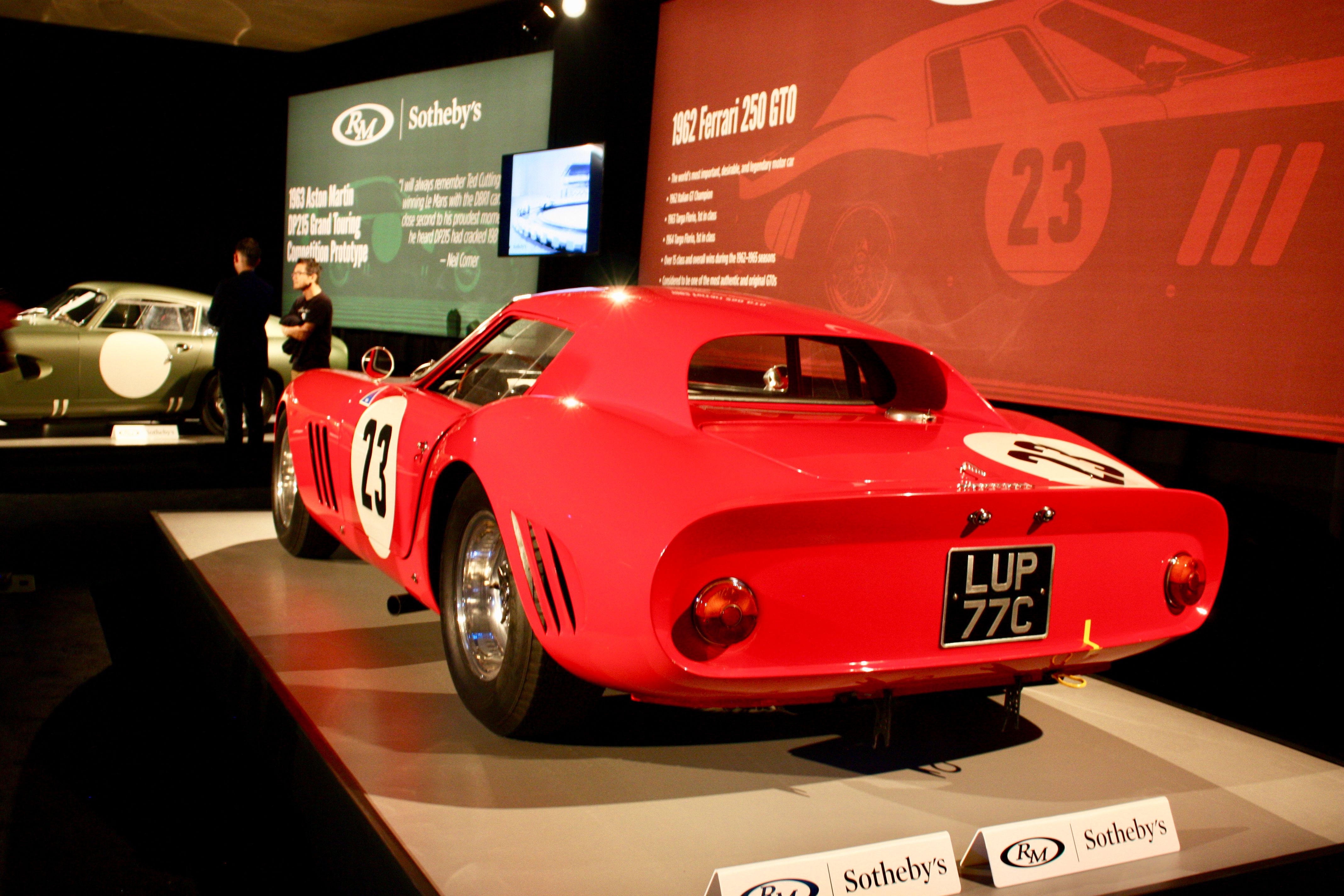
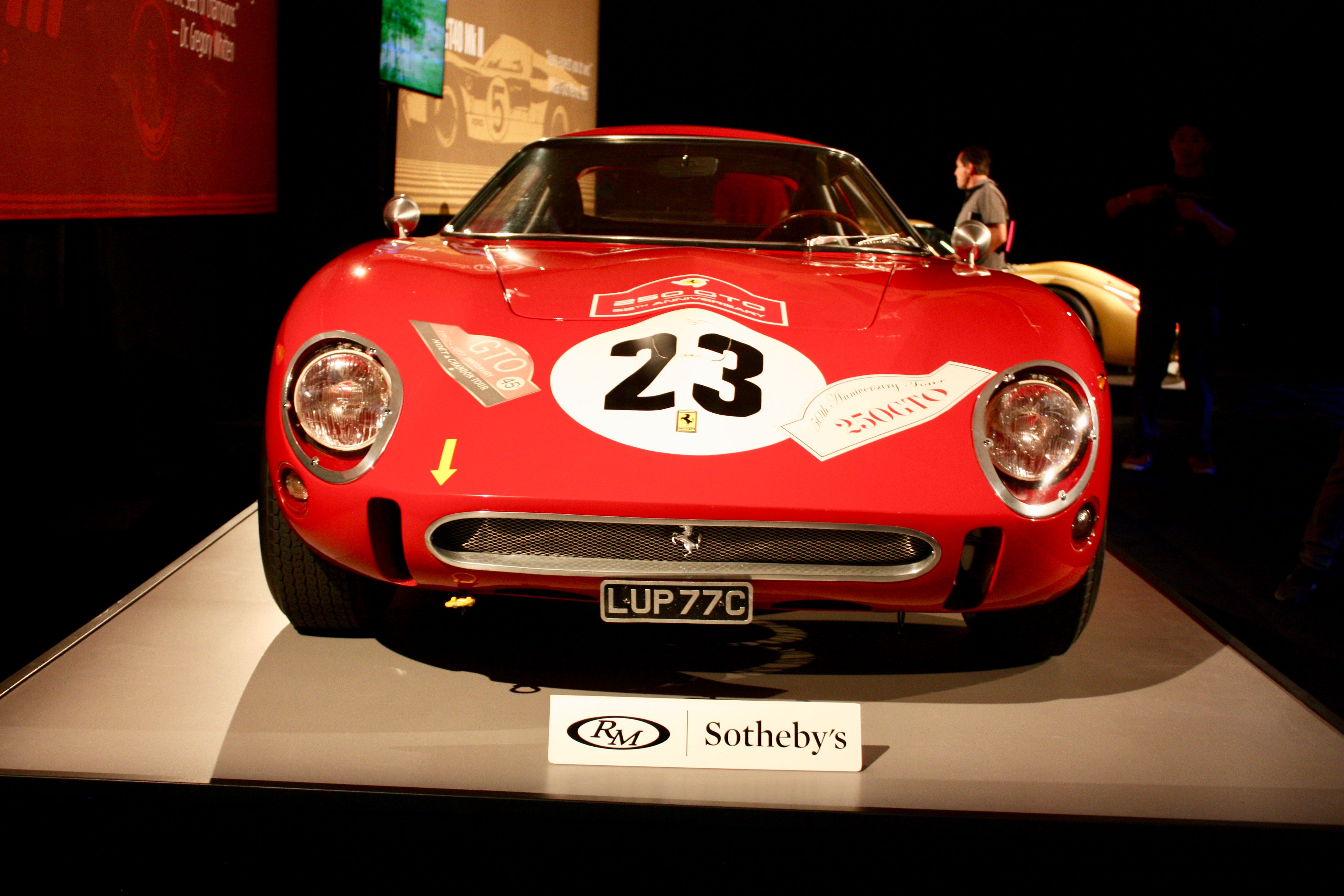
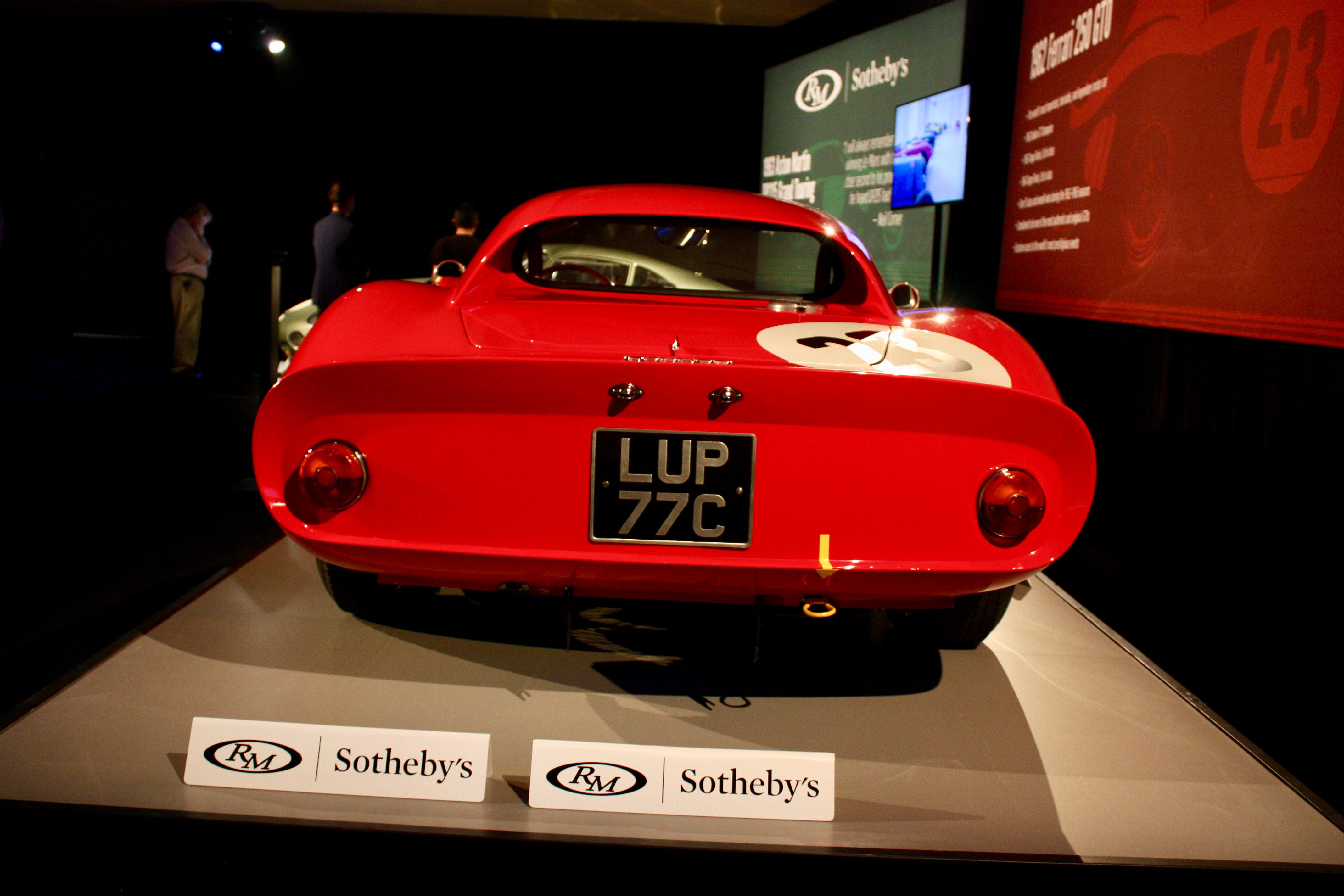
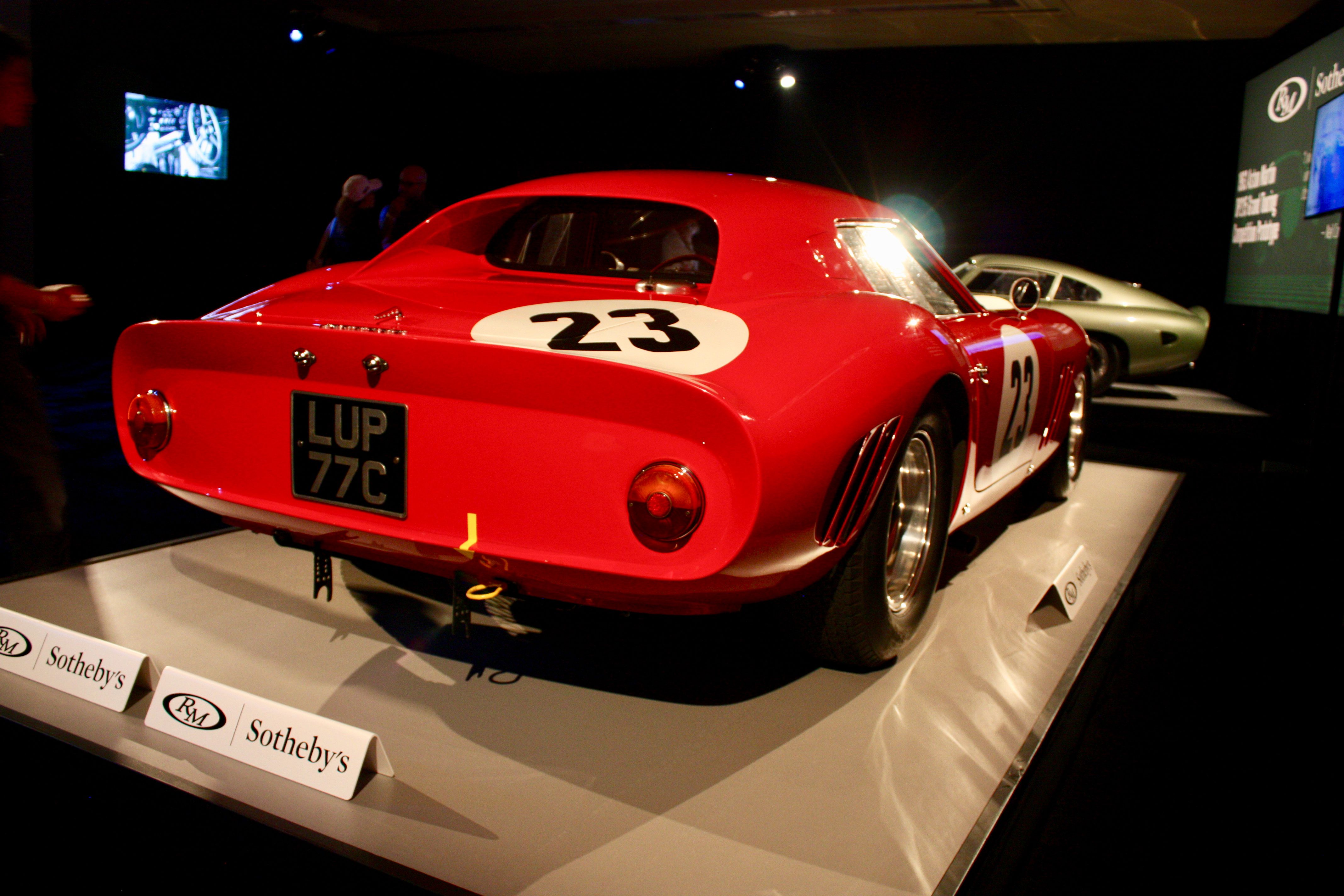
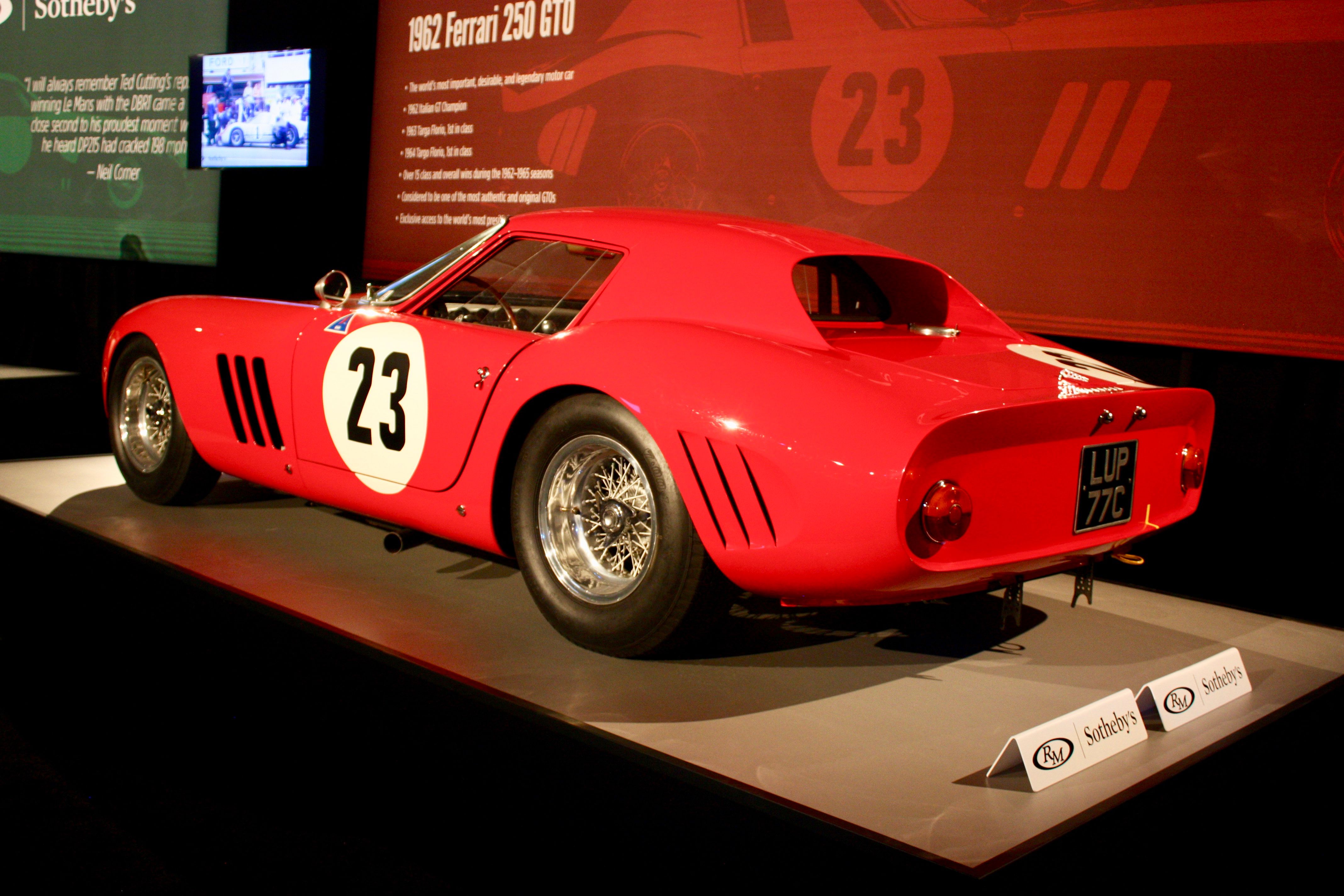
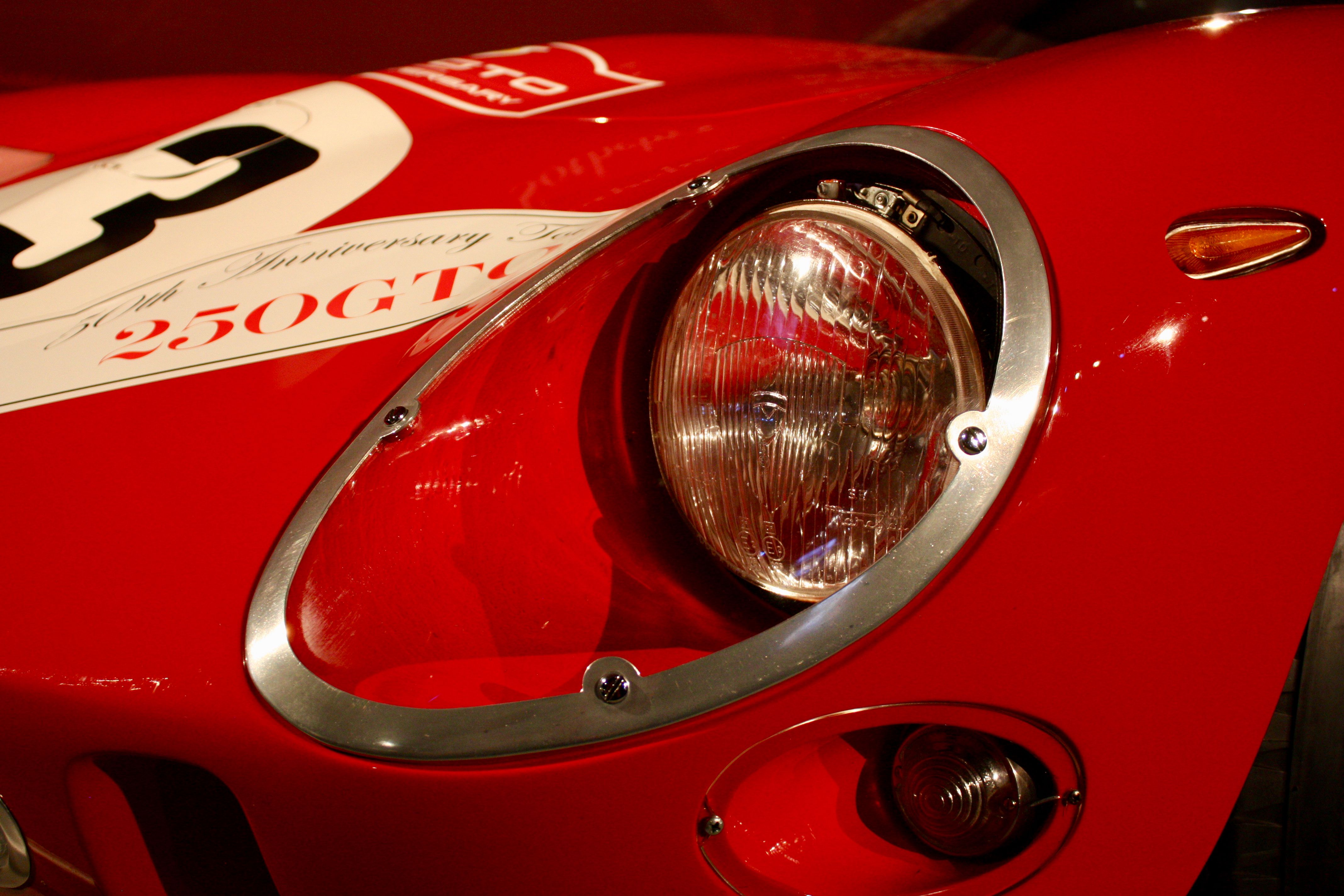
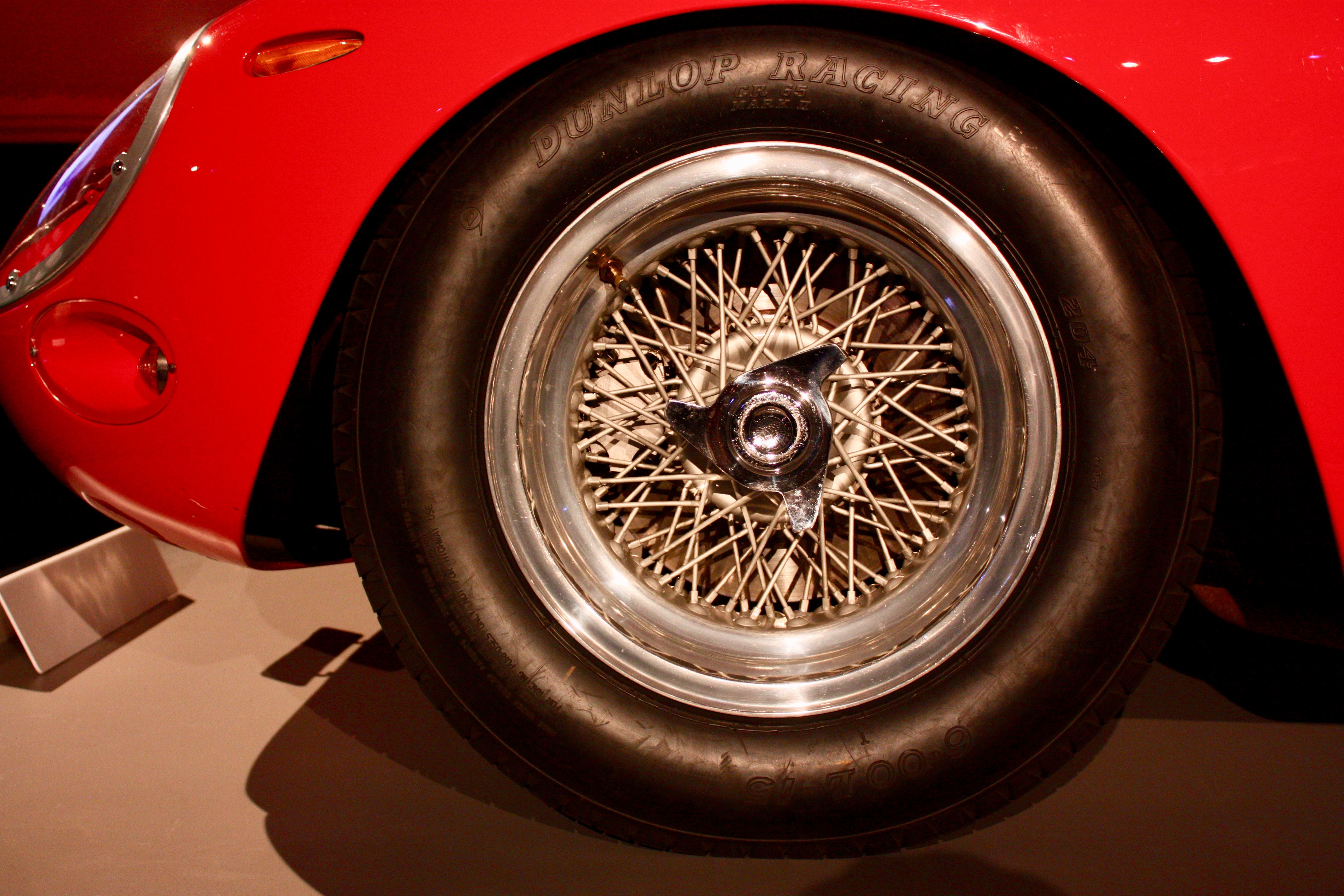
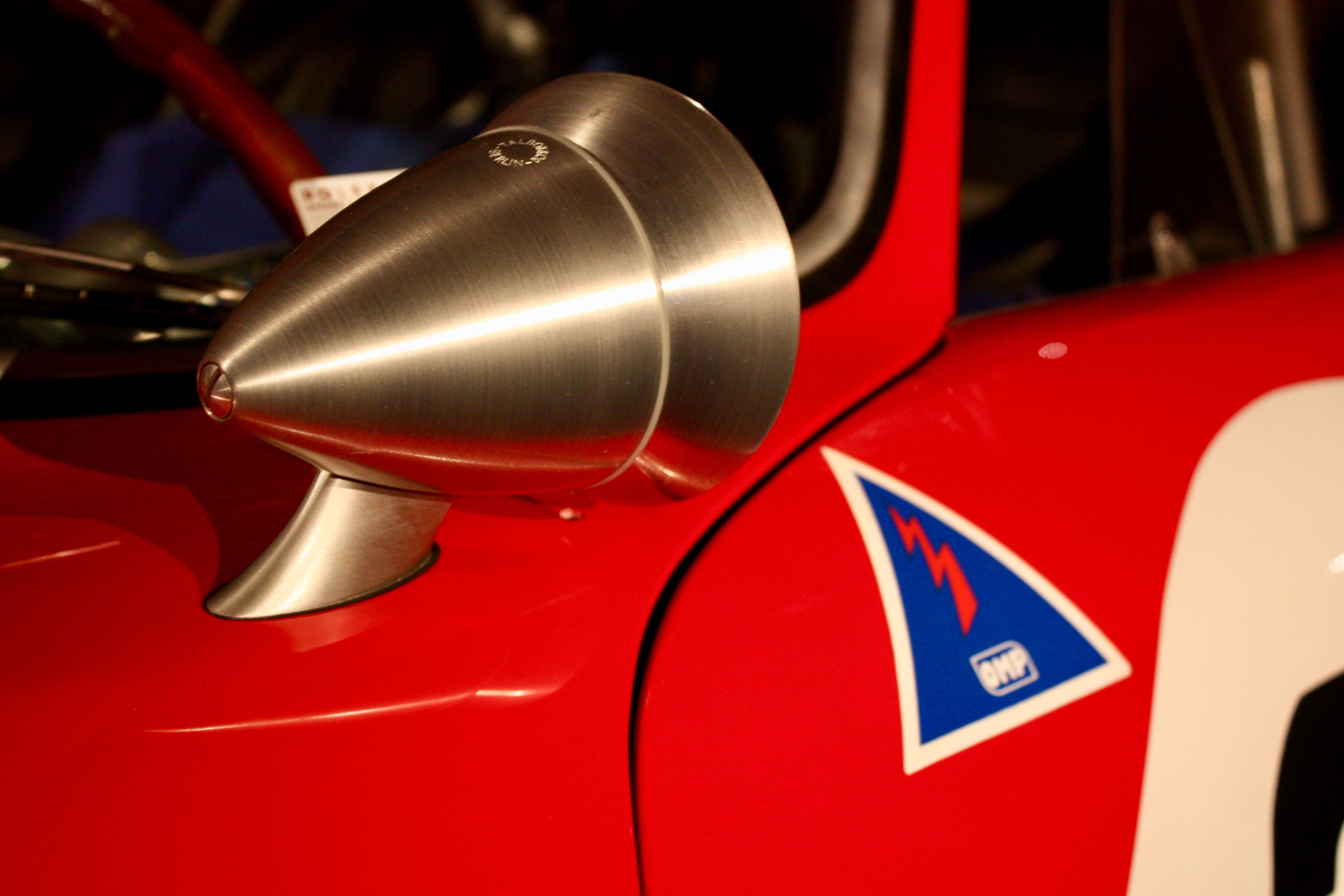
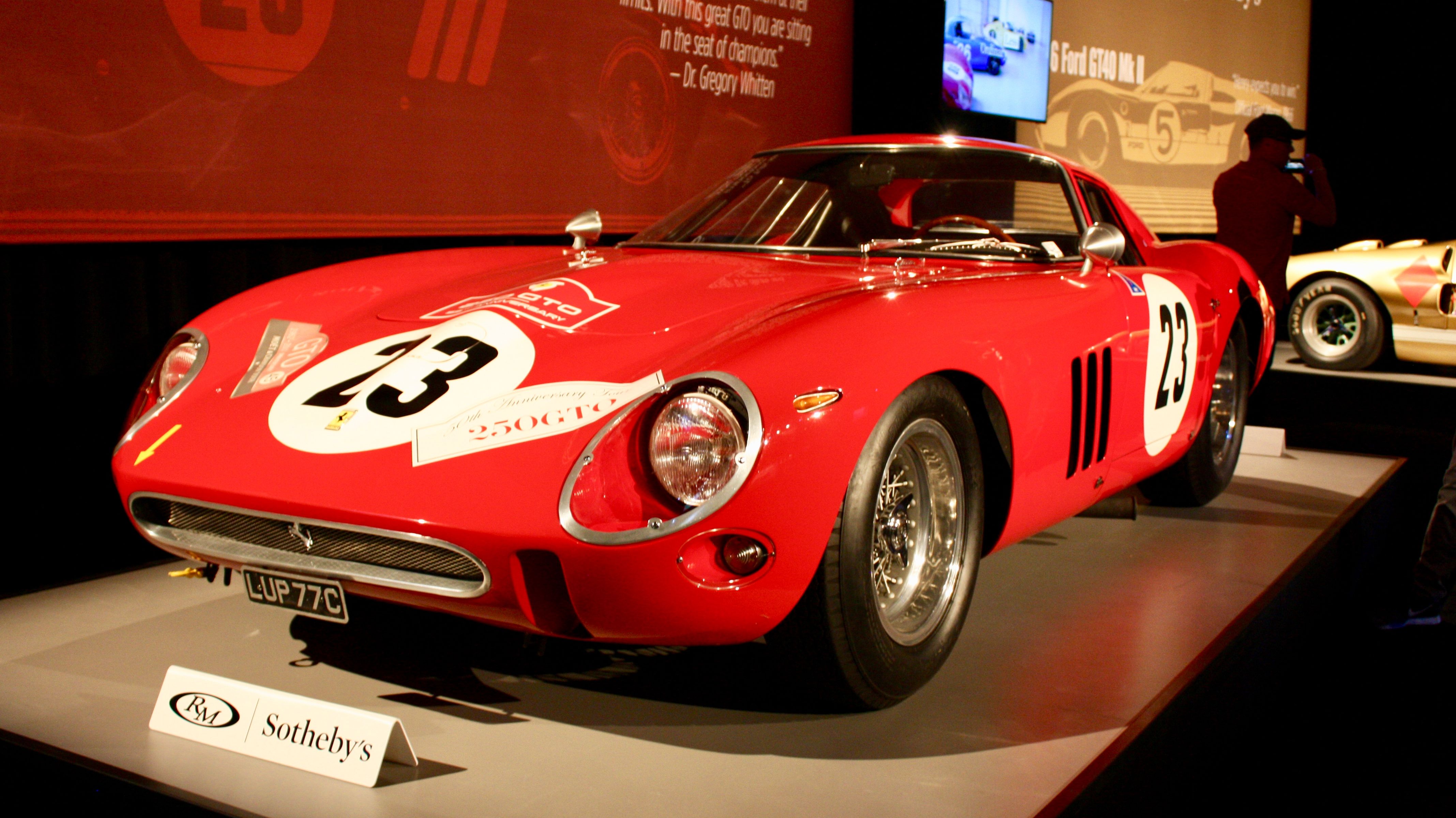
- Make: Array
- Model: 1962 - 1964 Ferrari 250 GTO
- Engine/Motor: V12
- Horsepower: 302 @ 7500
- Torque: 246 @ 5500
- Transmission: 5-Speed Manual
- [do not use] Vehicle Model: Array
Exterior



Massive fenders dominate the GTO's rear end, providing an exquisite contrast with the nearly flat rear glass and trunk lid area. The swooping cues come to an abrupt halt once the fenders and the trunk meet the protruding spoiler and the shaved off rear fascia, yet another stunning trademark of the 250 GTO, later to be borrowed by many 1960s sports cars, including the Shelby Daytona Coupe.
Another interesting feature of the 250 GTO was that many individual cars featured various body differences. Some had only two fender gills, while others came with three. Likewise, 1964 model year cars were redesigned and gained a flatter roof and a revised rear end, becoming very similar to the 250 LM, mid-engined race car. These modifications contributed to further enhance the GTO's collectible status, as nearly each of the 39 examples built come with their own unique features.
Interior



The steering wheel is a far cry from Ferrari's modern-day standard, sporting a wooden frame and three metal spokes. There is no flat-bottom design and it's considerably larger than what today's race car drivers are accustomed to. Needless to say, the 250 GTO is a genuine driver's car, devoid of any electronic aids or convenience features that would make it a comfortable place to be in. The GTO's cockpit also included an exposed metal gate for the shift pattern, which became a Ferrari tradition that lived on for many decades.
Drivetrain

While the engine was already a few years old, the transmission was a brand-new, five-speed manual with Porsche-type synchromesh. Later models received minor engine modifications that brought a slight increase in power and torque.
|
Engine |
Type 168 Comp 62 60º V 12 |
|
Engine Location |
Front , longitudinally mounted |
|
Displacement |
2.953 liter / 180.2 cu in |
|
Valvetrain |
2 valves / cylinder, SOHC |
|
Fuel feed |
6 Weber 38 DCN Carburetors |
|
Aspiration |
Naturally Aspirated |
|
Gearbox |
5 speed Manual |
|
Drive |
Rear wheel drive |
|
Power |
302 HP @ 7,500 RPM |
|
Torque |
246 LB-FT @ 5,500 RPM |
|
BHP/Liter |
102 bhp / liter |
|
Power to weight ratio |
0.29 bhp / kg |
|
Top Speed |
280 km/h / 174 mph |
|
0-60 mph |
5.4 s |
|
Braking, 60 to 0mph |
112 feet |
|
1/4 mile |
13.1 seconds @ 113 mph |
Racing Success

Initially homologated for Group 3 GT racing, the car debuted at the 12 Hours of Sebring in 1962. Driven by American ace Phil Hill - the Formula One champion at the time - and Belgian driver Olivier Gendebien, the GTO finished second overall, beating many prototypes that were both more powerful and quicker. The 250 GTO was off to a tremendous start.
From that point, Ferrari would go on to win the over 2.0-liter class of the FIA Championship for GT Manufacturers for three years in a row. The 250 GTO came out on top in 1962, 1963 and 1964, while also winning its respective class at the 24 Hours of Le Mans on two occasions. Its GT dominance ended in 1964 at the hands of the V-8-powered Shelby Cobra Daytona.
Along with its 275 GTB successor, the 250 GTO was one of the last front-engined cars to remain competitive at the top level of sports car racing. The former would continue to win GT races through 1967.
Prices

The Ferrari 250 GTO was priced at $18,500 in 1962. In 2014, that would mean around $150,000. But the GTO is more valuable than that nowadays, with chassis number 5111GT holding the record for the most expensive car ever auctioned.
The value of the 250 GTO began to rise in the 1970s, and 1986 saw the first example sell for $1 million. By 1990, two more units changed owners for more than $10 million. The $13 million record established in 1990 was yet again broken in 2010, when chassis number 3943GT changed hands for $26 million. Other versions sold for $35 million and $38.1 million in 2012 and 2014, respectively, but the world record was set in 2013 by chassis number 5111GT, which was auctioned off for a whopping $52 million.
No other Ferrari - or any other brand for that matter - managed to fetch more than $50 million at a public auction. Making things that much more spectacular is that seven different units of the 250 GTO (only 39 were built) sold for more than $6 million since 1998.
Competition
Shelby Daytona Coupe
The Ferrari 250 GTO is the main reason Ford and Carroll Shelby built the Daytona Coupe. Also a front-engined coupe, the Daytona Coupe joined endurance racing in 1964 as an aerodynamic, closed cockpit evolution of the Shelby Cobra roadster. The Daytona Coupe and the 250 GTO clashed throughout the 1964 racing season, when the American car won both the 12 Hours of Sebring and the 24 Hours of Le Mans in the GT class. Powered by a Ford-sourced, 4.7-liter, V-8 engine rated at nearly 400 horsepower, the Daytona Coupe was capable of speeds over 190 mph, making it slightly faster than the 250 GTO.
Throughout its two-year career, the Daytona Coupe scored five class wins and clinched the World Sportscar Championship in 1965. Additionally, the American coupe set no less than 25 land speed records at the Bonneville Salt Flats. Shelby built only six examples. The unit that secured the 1965 World Sportscar Championship, chassis number CSX2601, is the also the most coveted of them all and holds the record for the most expensive Shelby Daytona ever auction. The car changed owners for $7.25 million in 2009.
Conclusion

Although the 250 GTO isn't Ferrari's first successful race car, the grand tourer that cemented Maranello's reputation as a sports car manufacturer. The fact that 250 GTOs have fetched more than $30 million at auctions in recent years speaks volumes of the car's enormous heritage and the huge interest it can spur among collectors. The 250 GTO surpasses luxury cars such as the Bugatti Atlantic in terms of desirability and that's a tremendous feat for a vehicle that was mainly conceived for racing. Sure, the Ferrari badge helps a lot, but just at the massive, $45-million gap between the most expensive 250 GTO and the most expensive Shelby Daytona Coupe. Forget about gold, the Ferrari 250 GTO is the best asset if you're looking to keep your wealth safe from depression.

